In this work, I explore the ways in which the world of video games acts as a method of escape into inhabitable alternate worlds. I photograph scenes from video games using 19th century processes, such as wet plate collodion, in order to recontextualize these digital, non-physical scenes into a physical photograph. For many of us, the digital worlds we imaginatively inhabit feel real. These photographs function to make those worlds materially tangible, which allows the viewer to feel unencumbered by disbelief.
Continue Reading Below
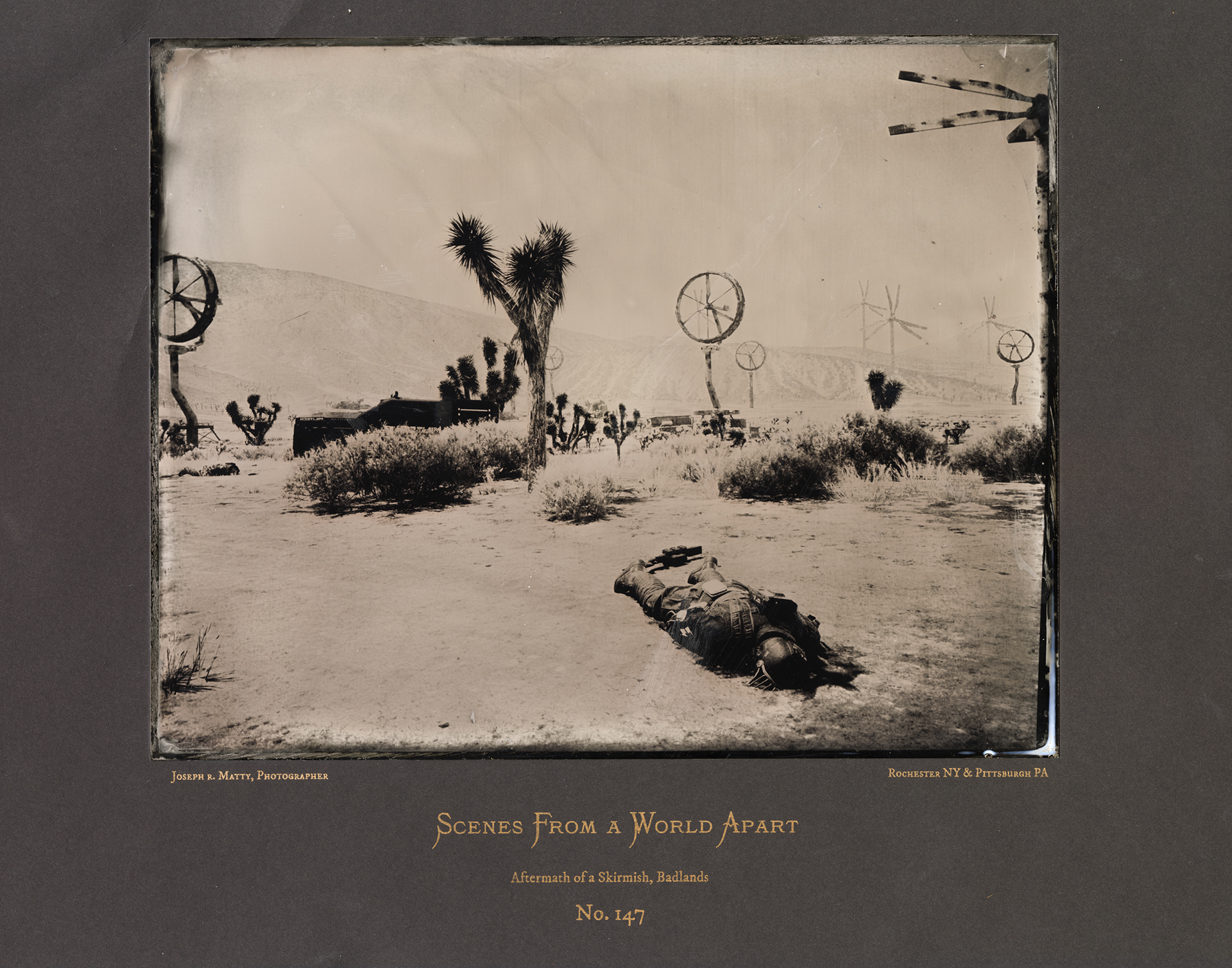
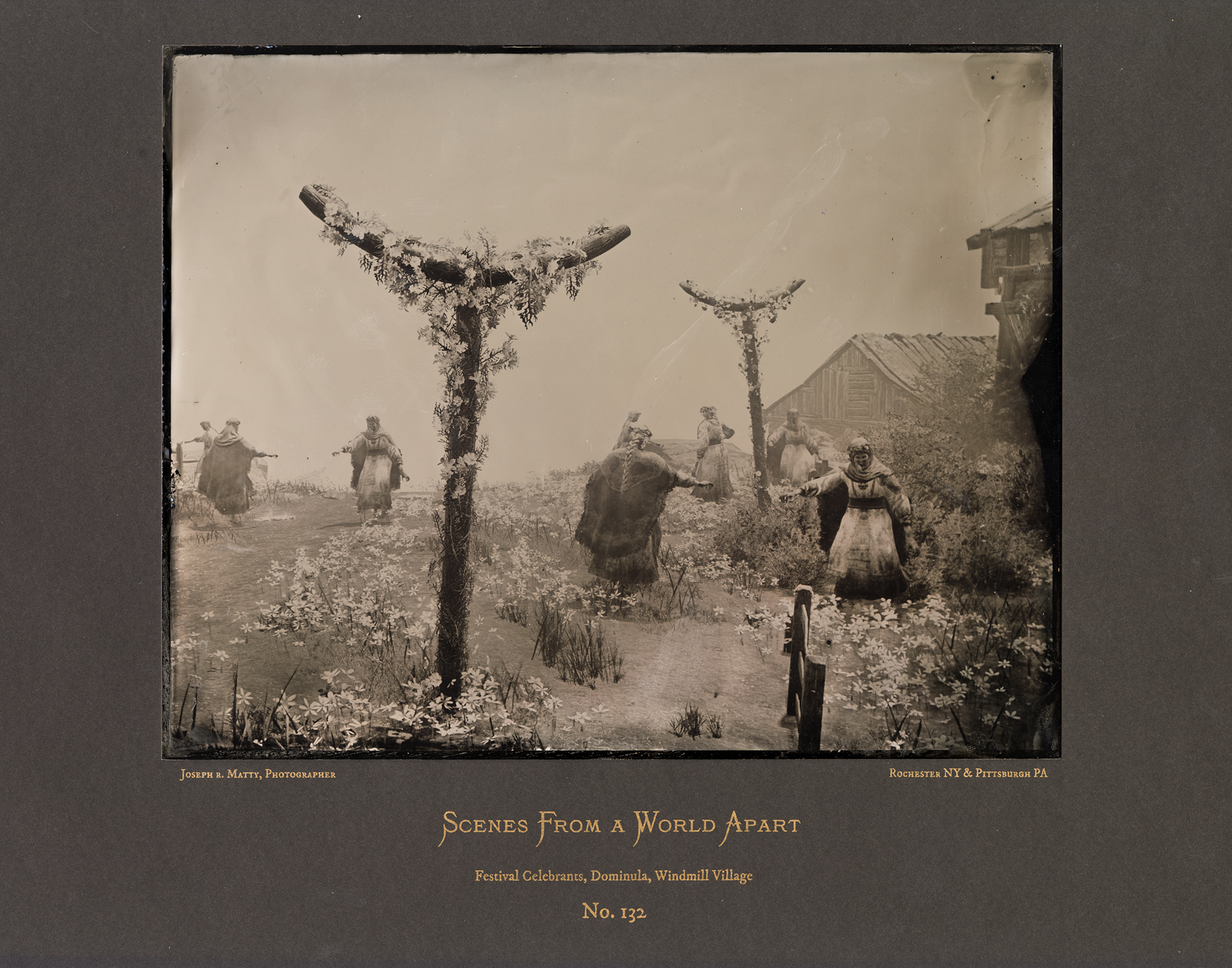
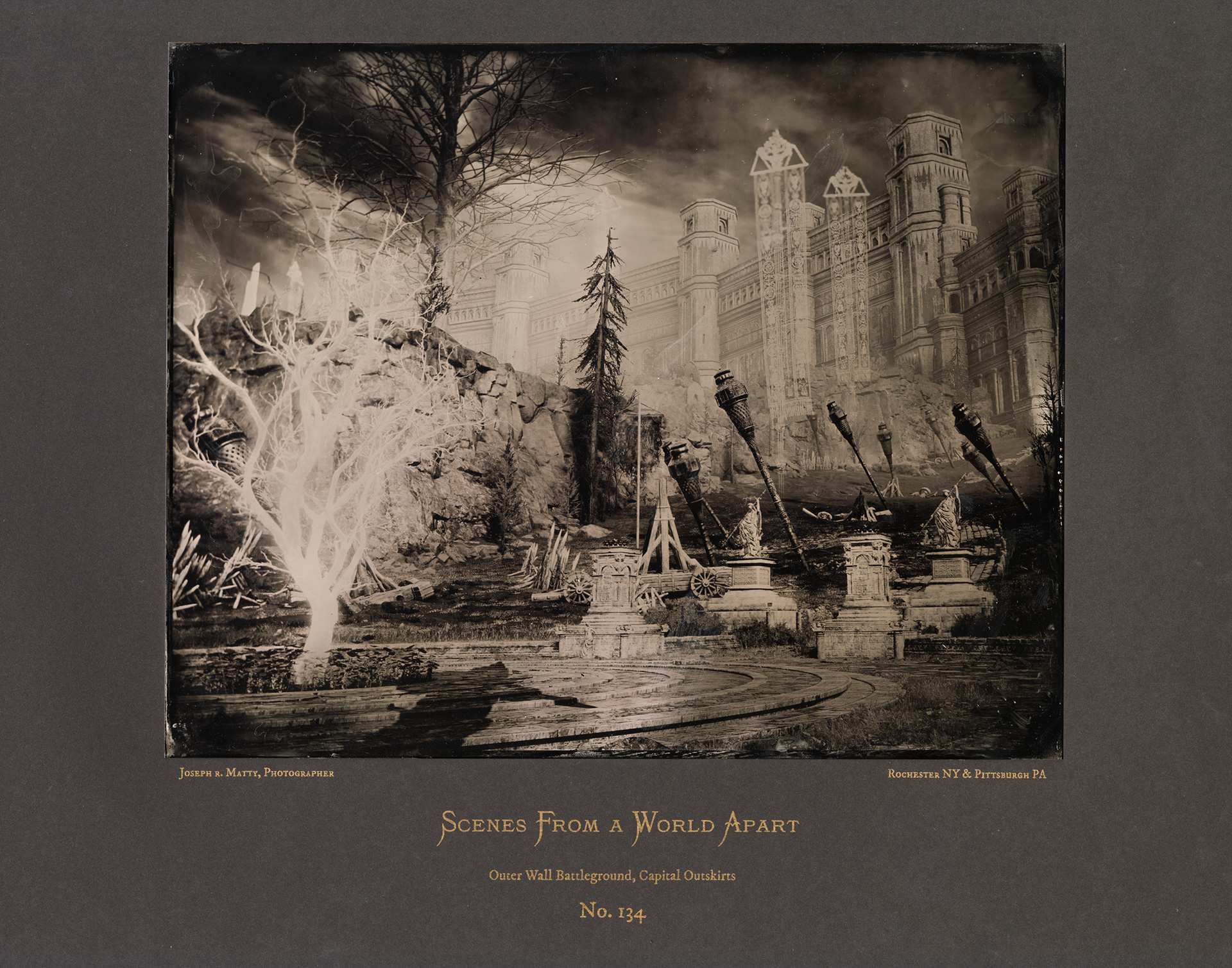
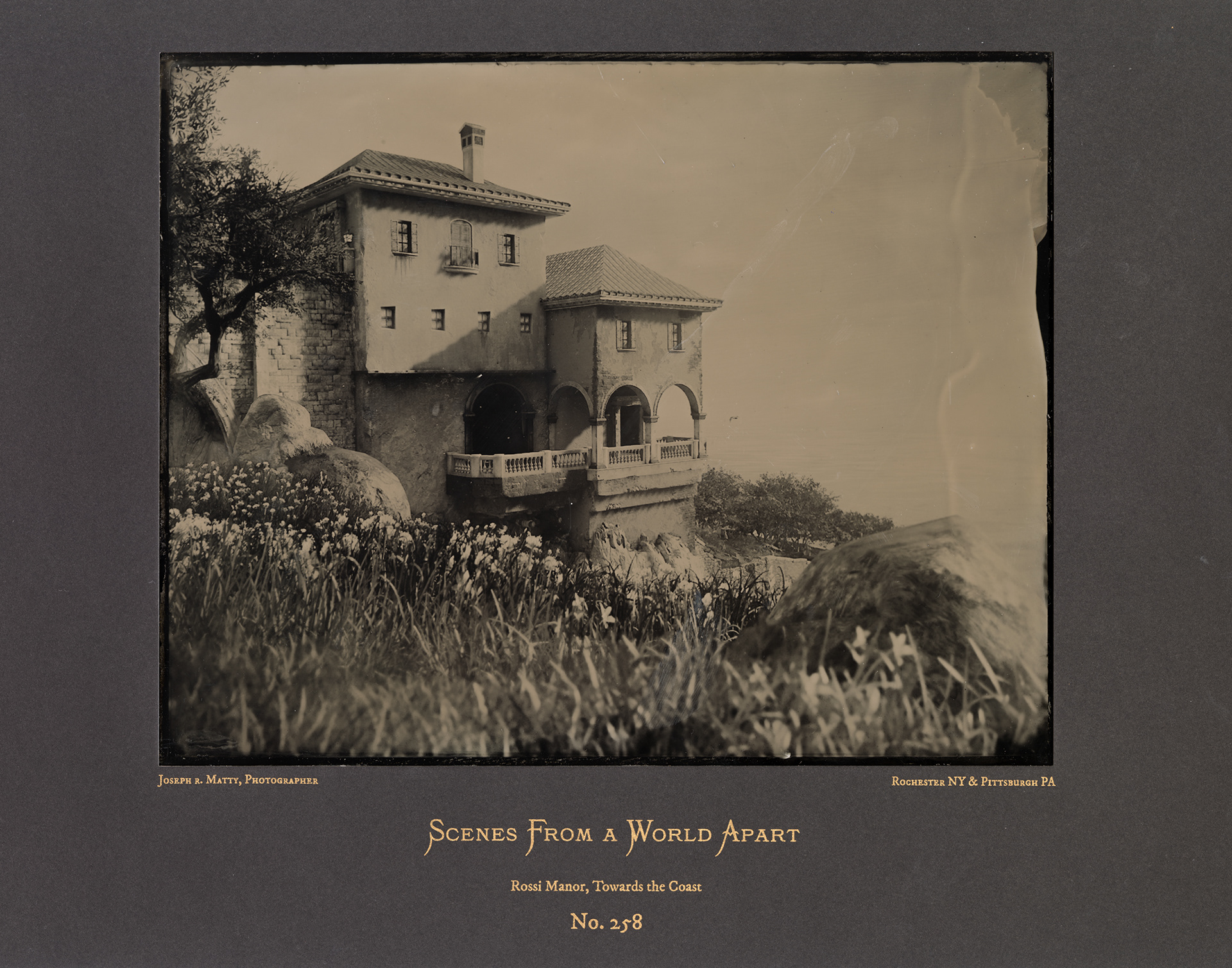
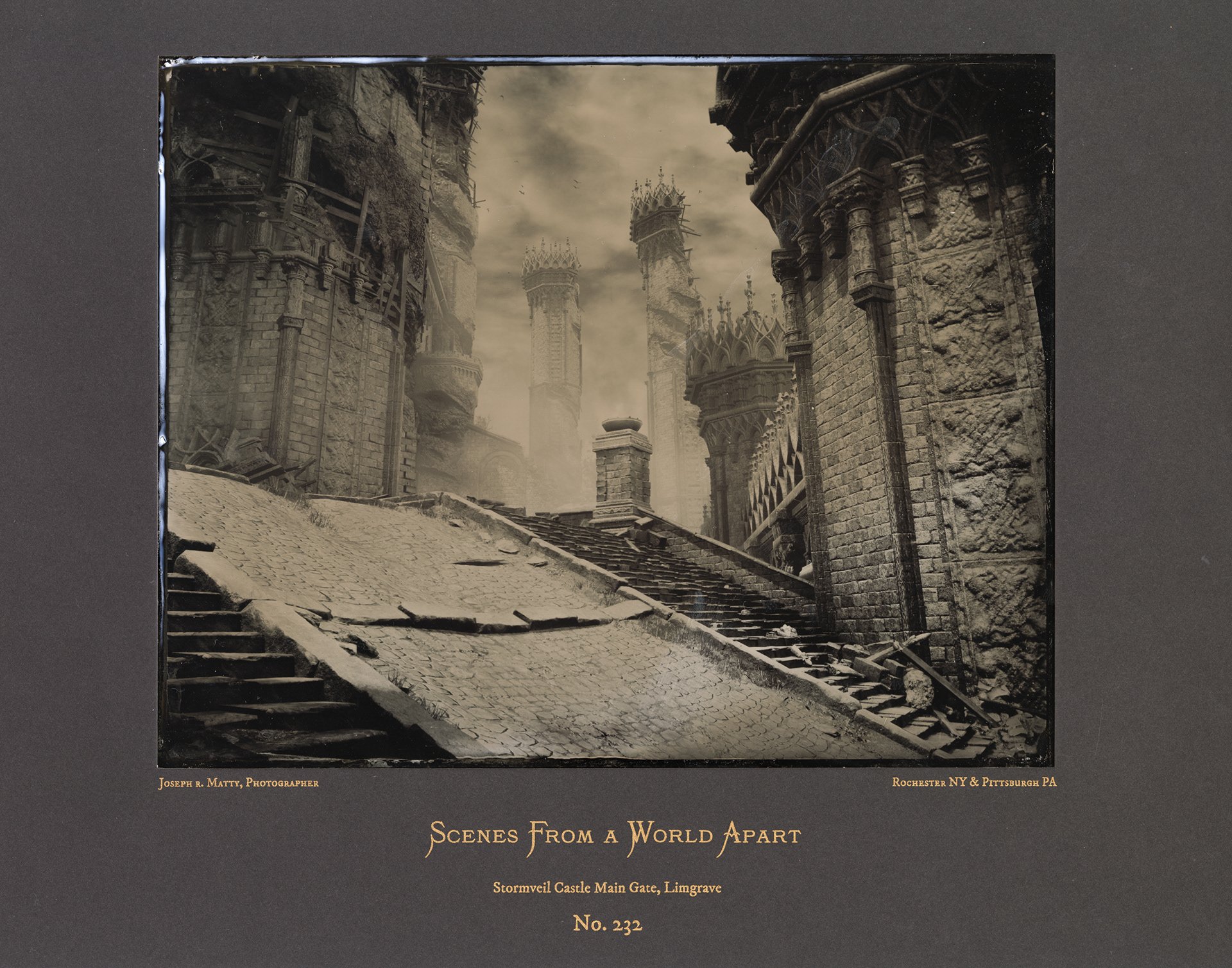
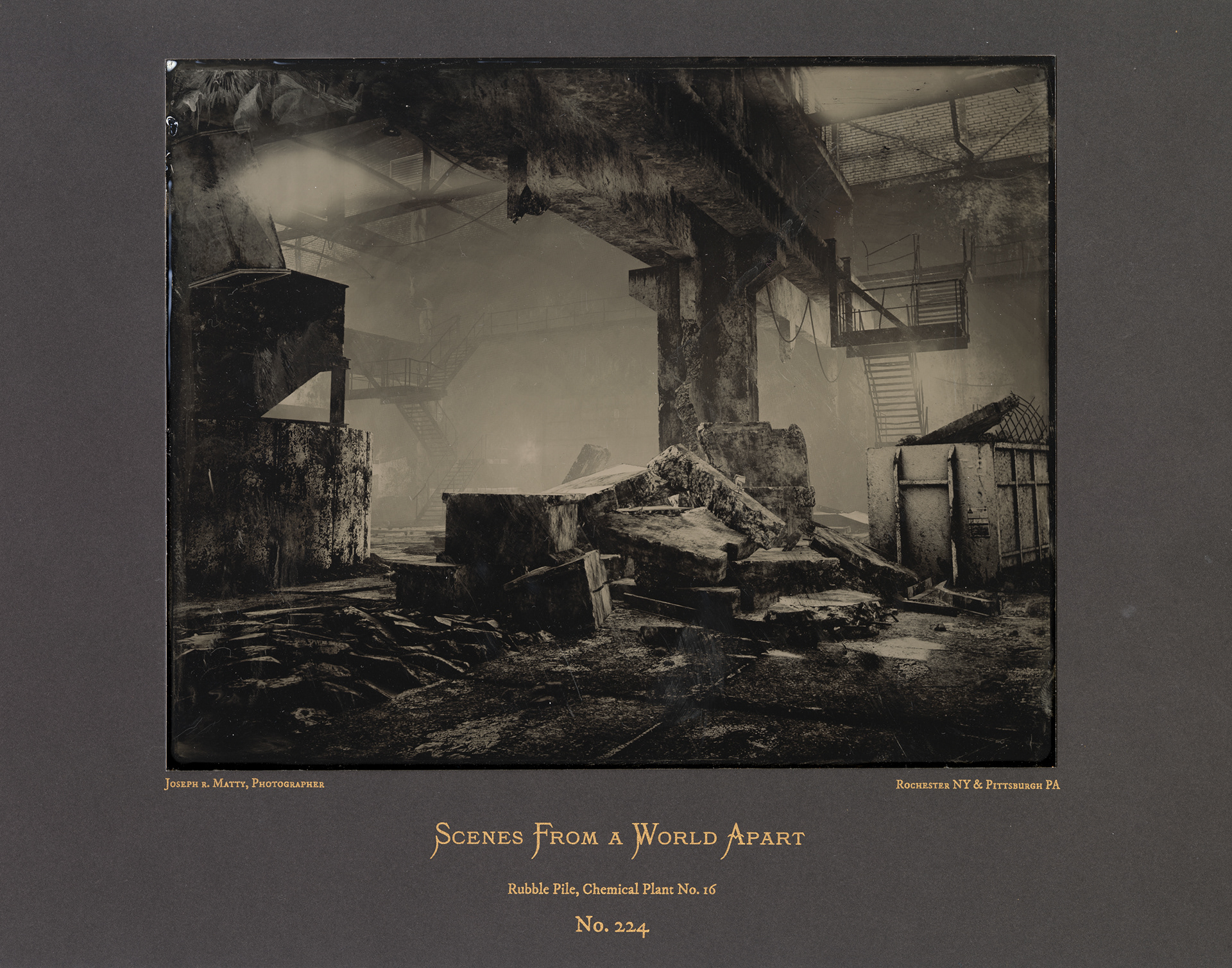
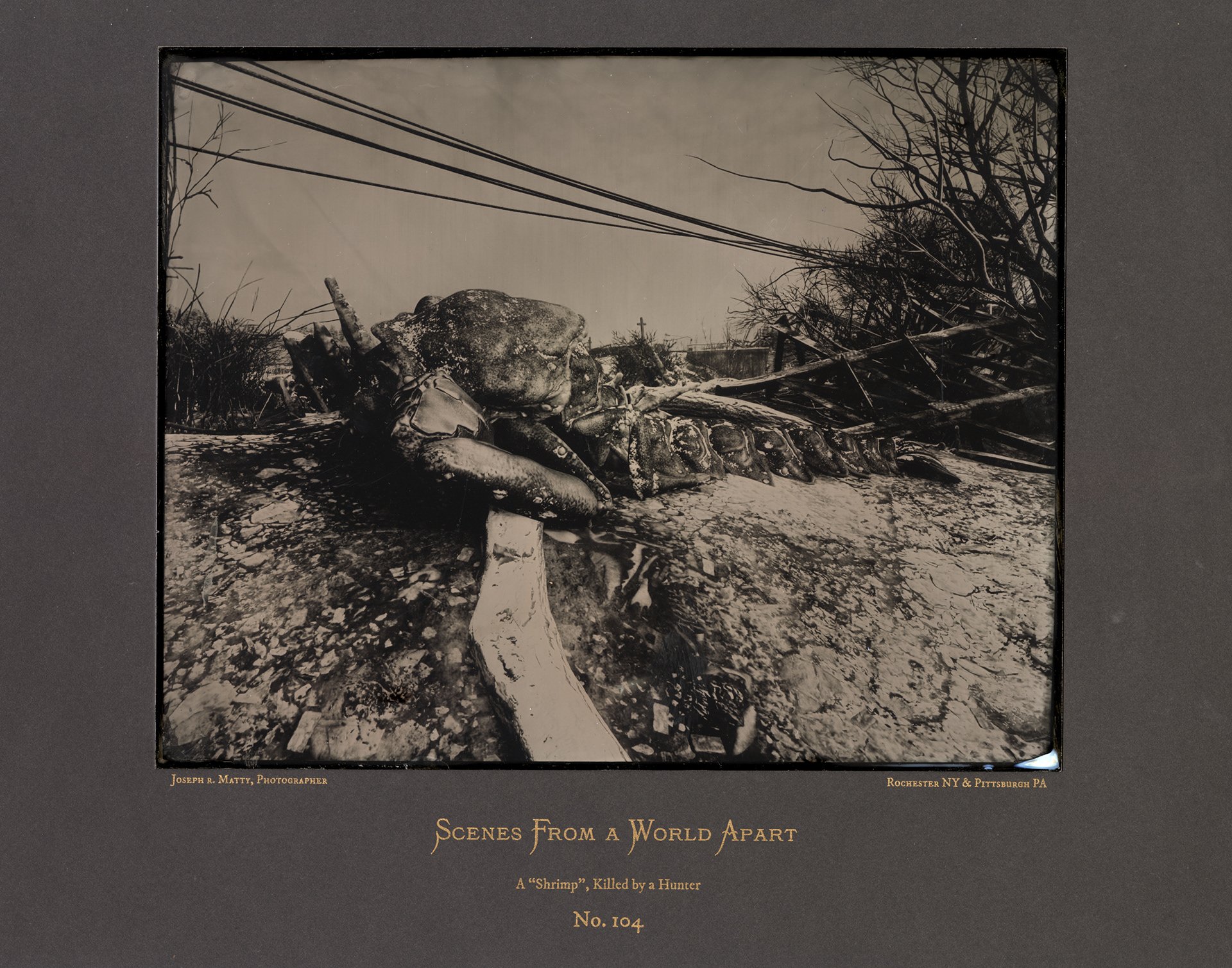
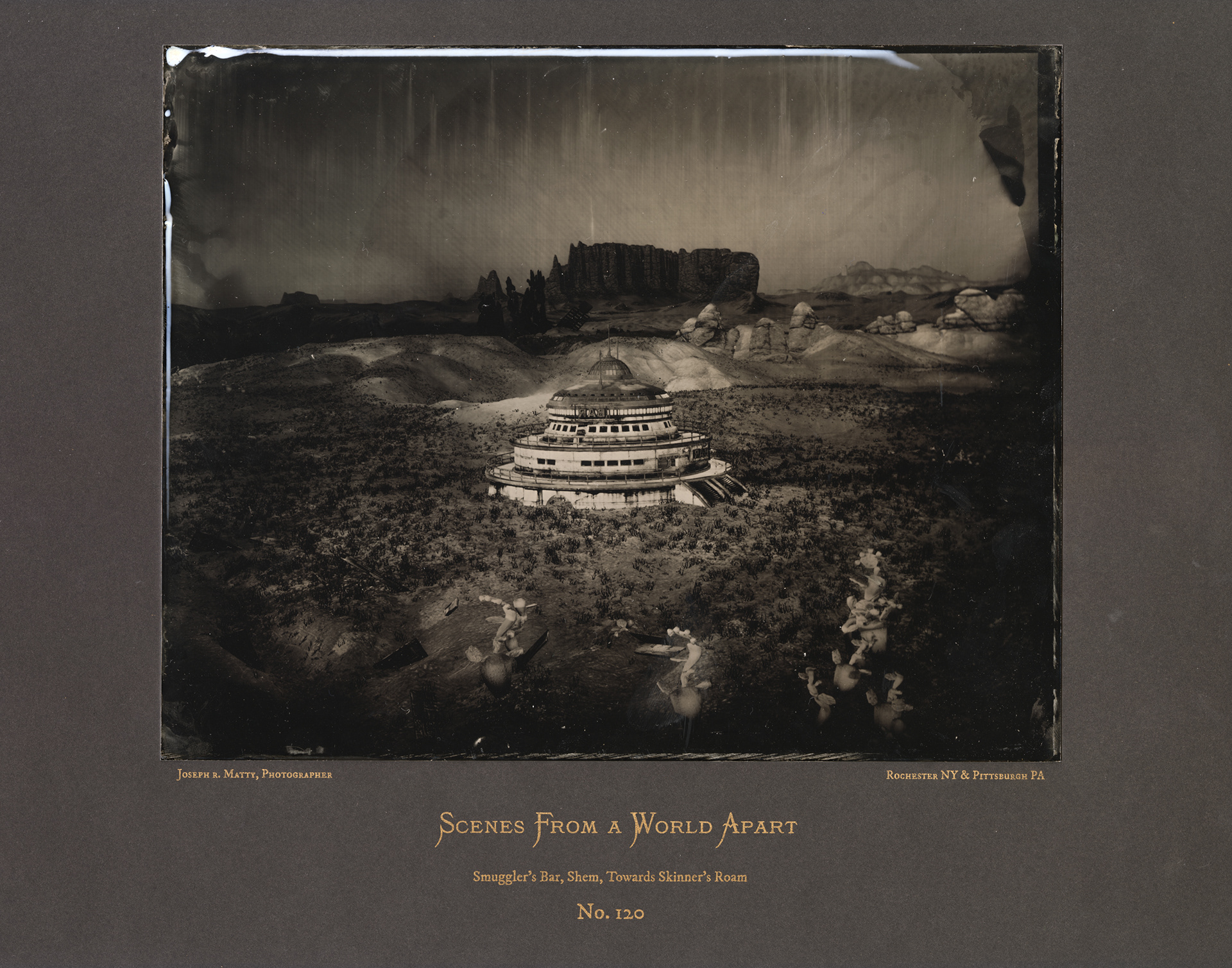
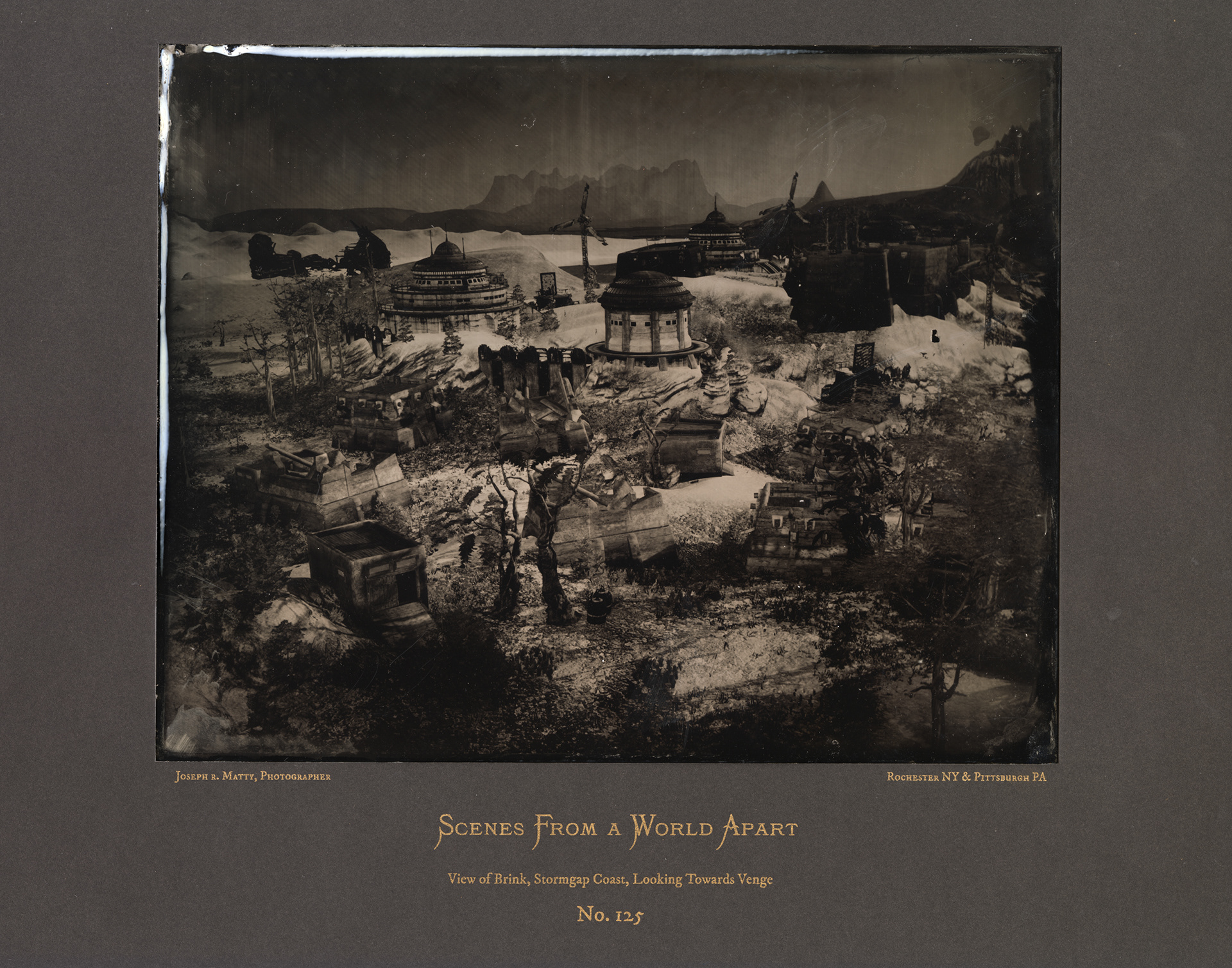
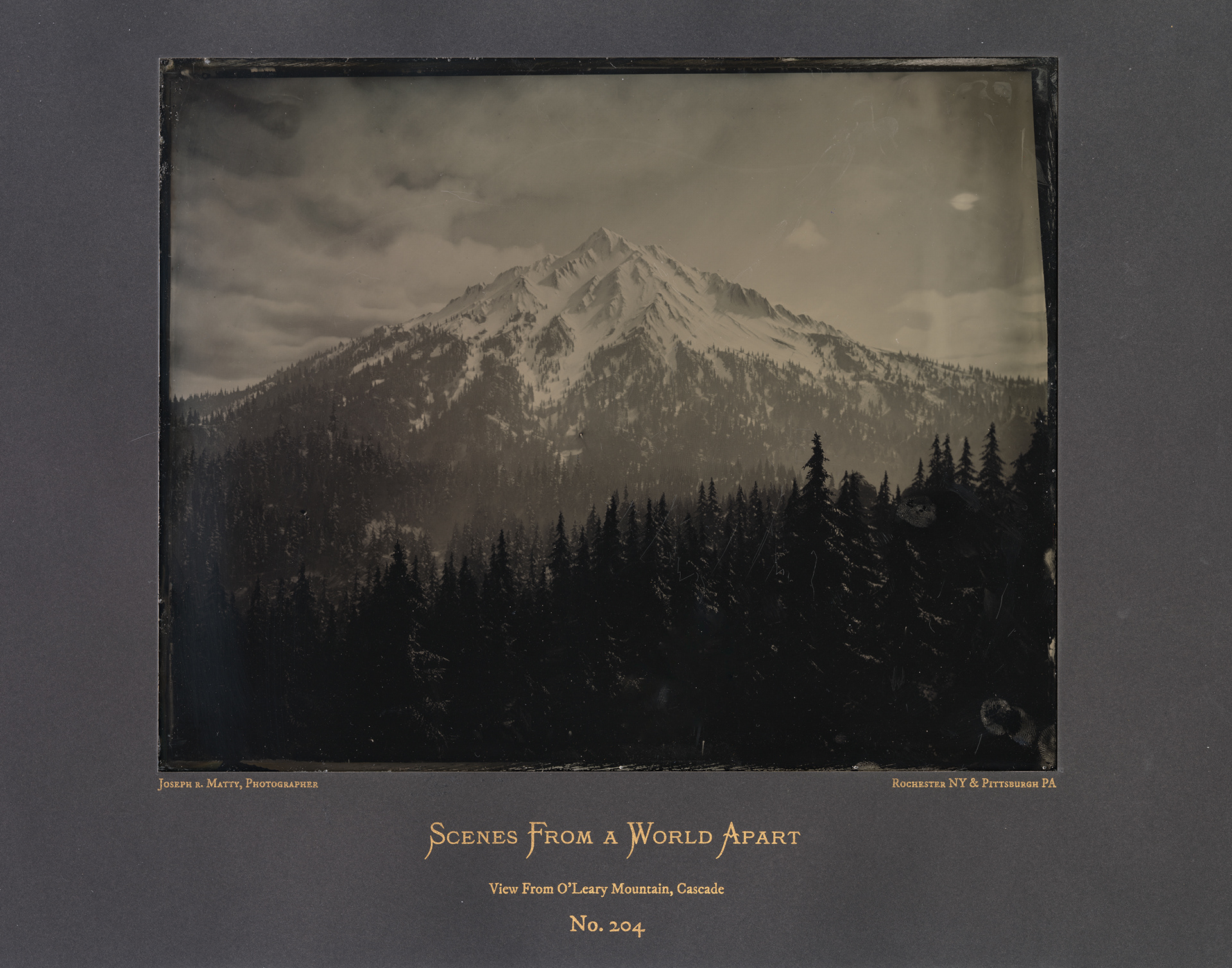
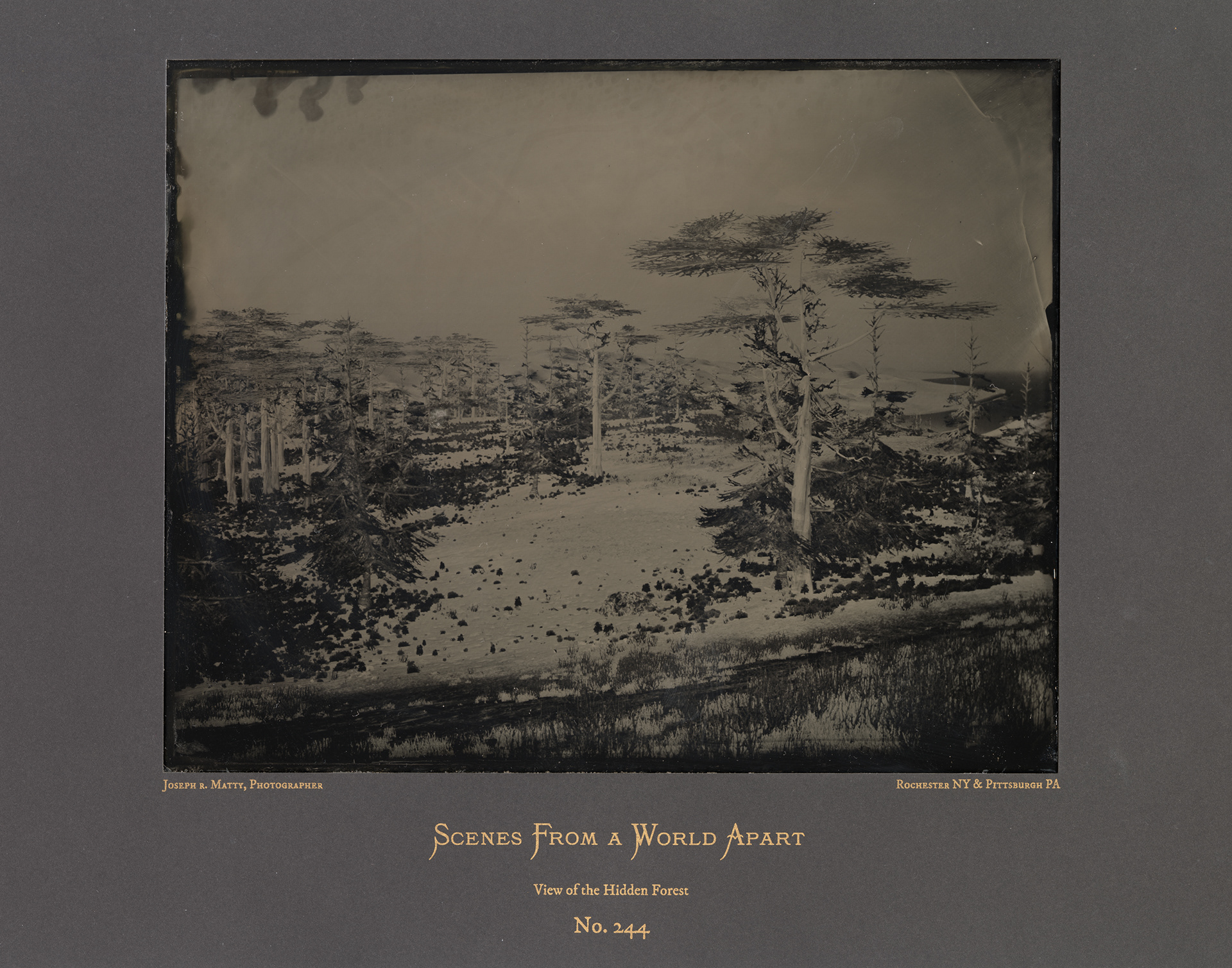
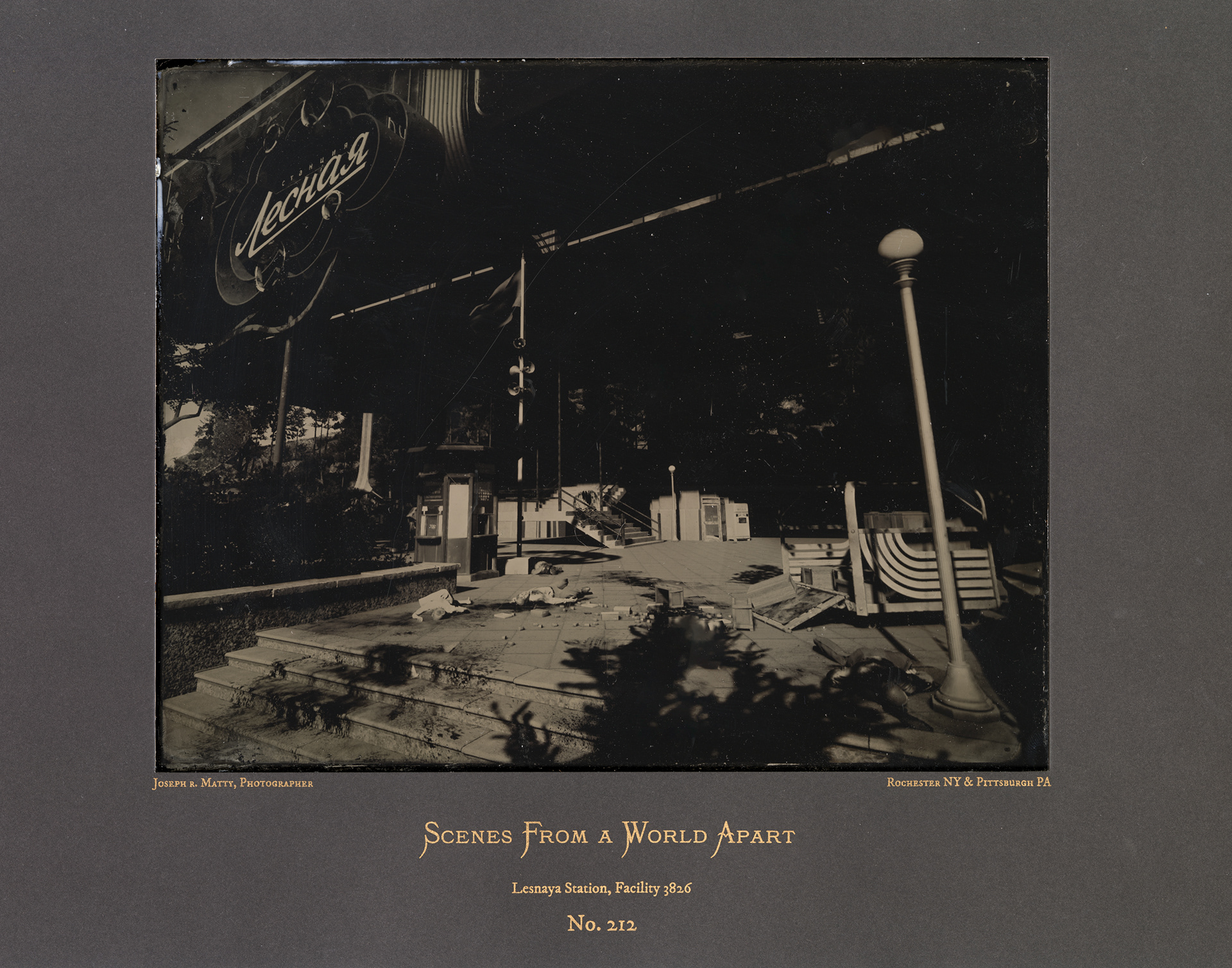
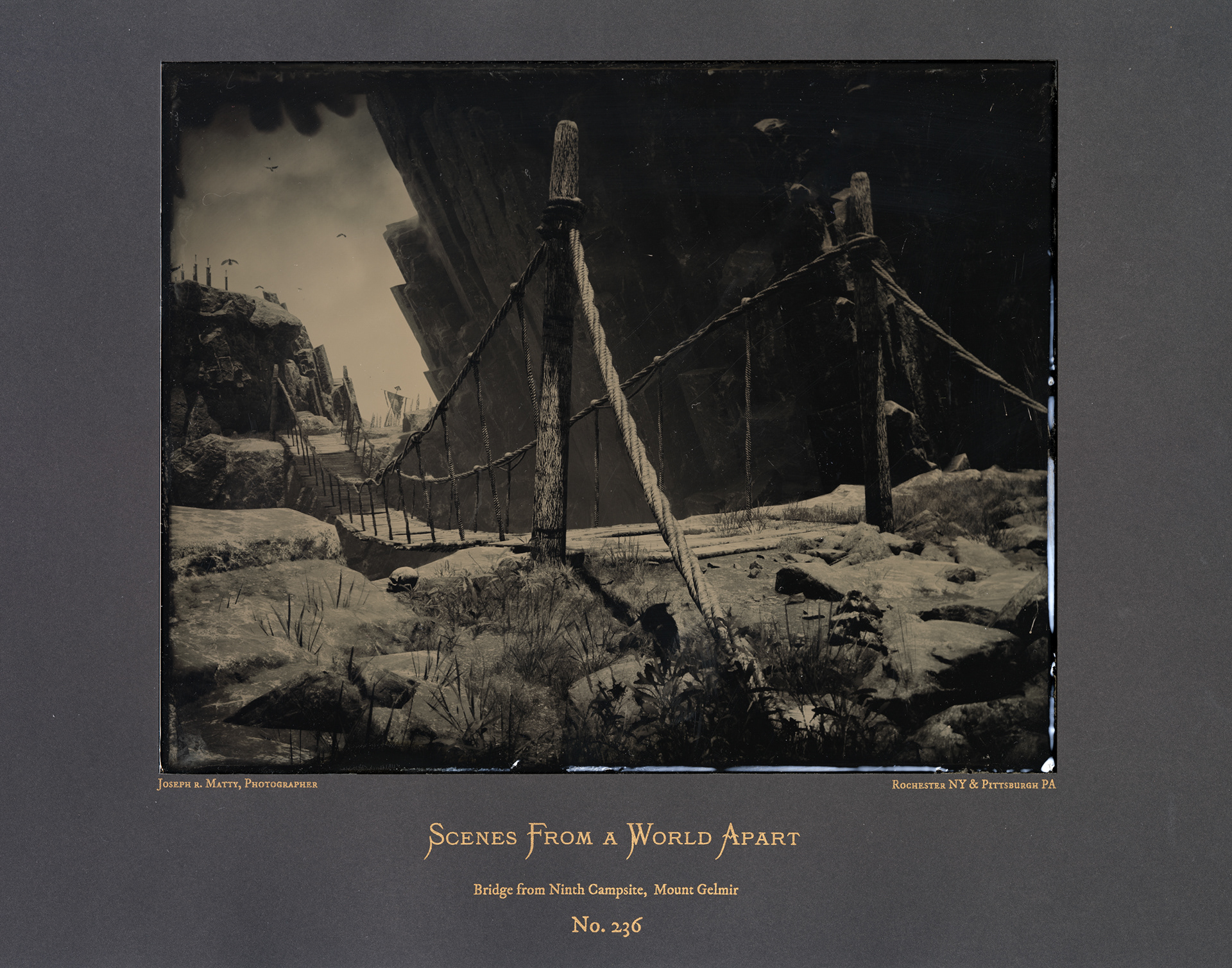
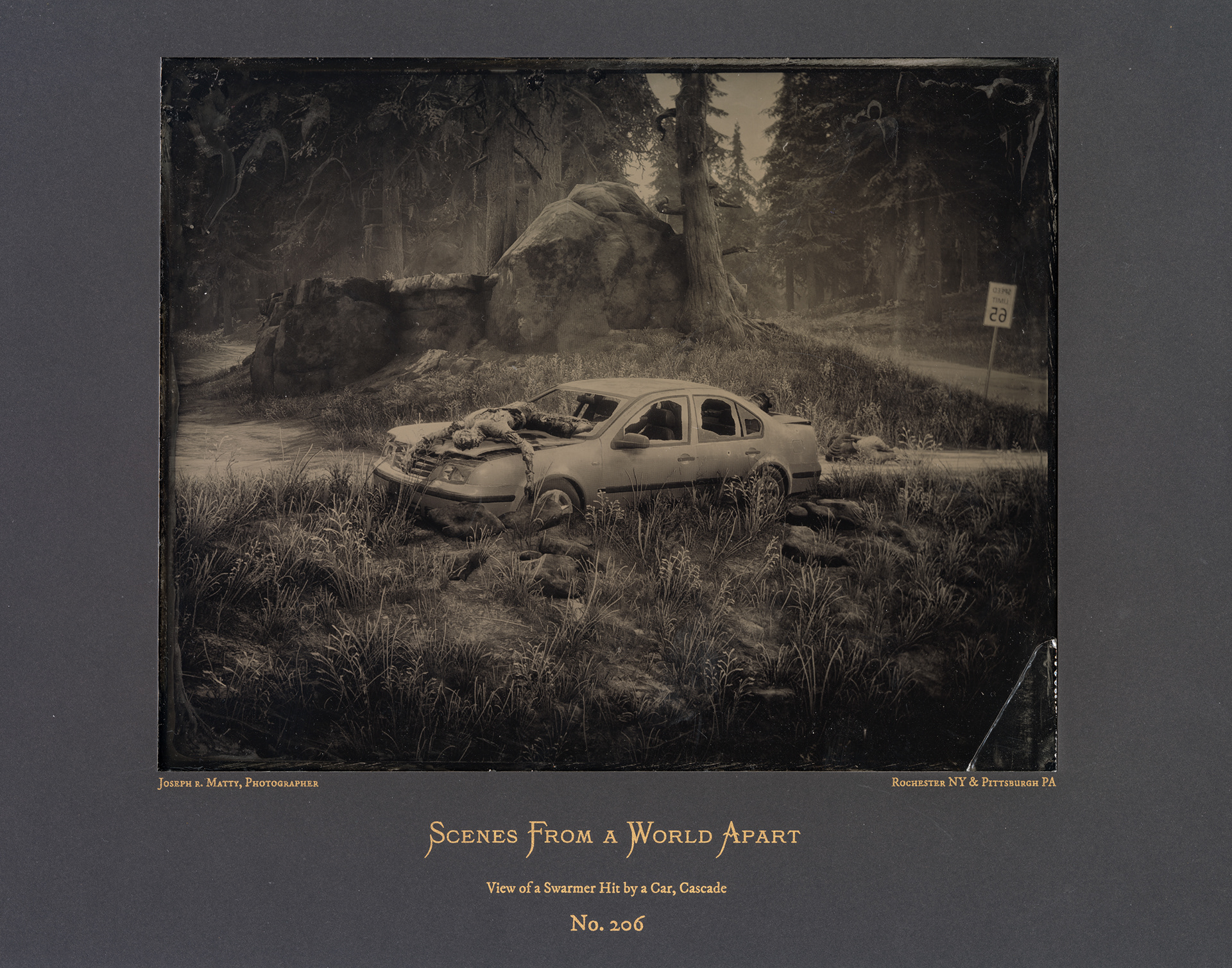
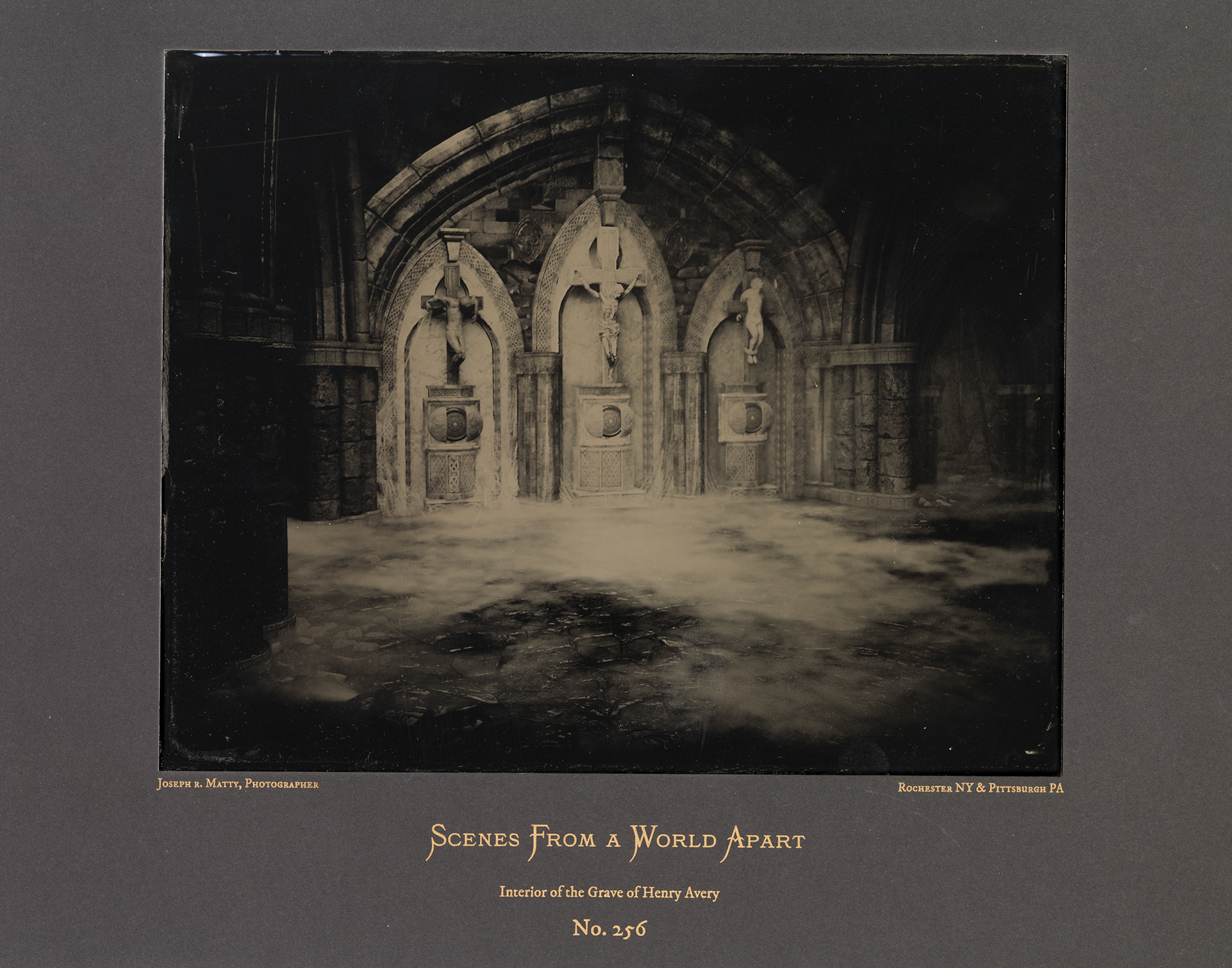
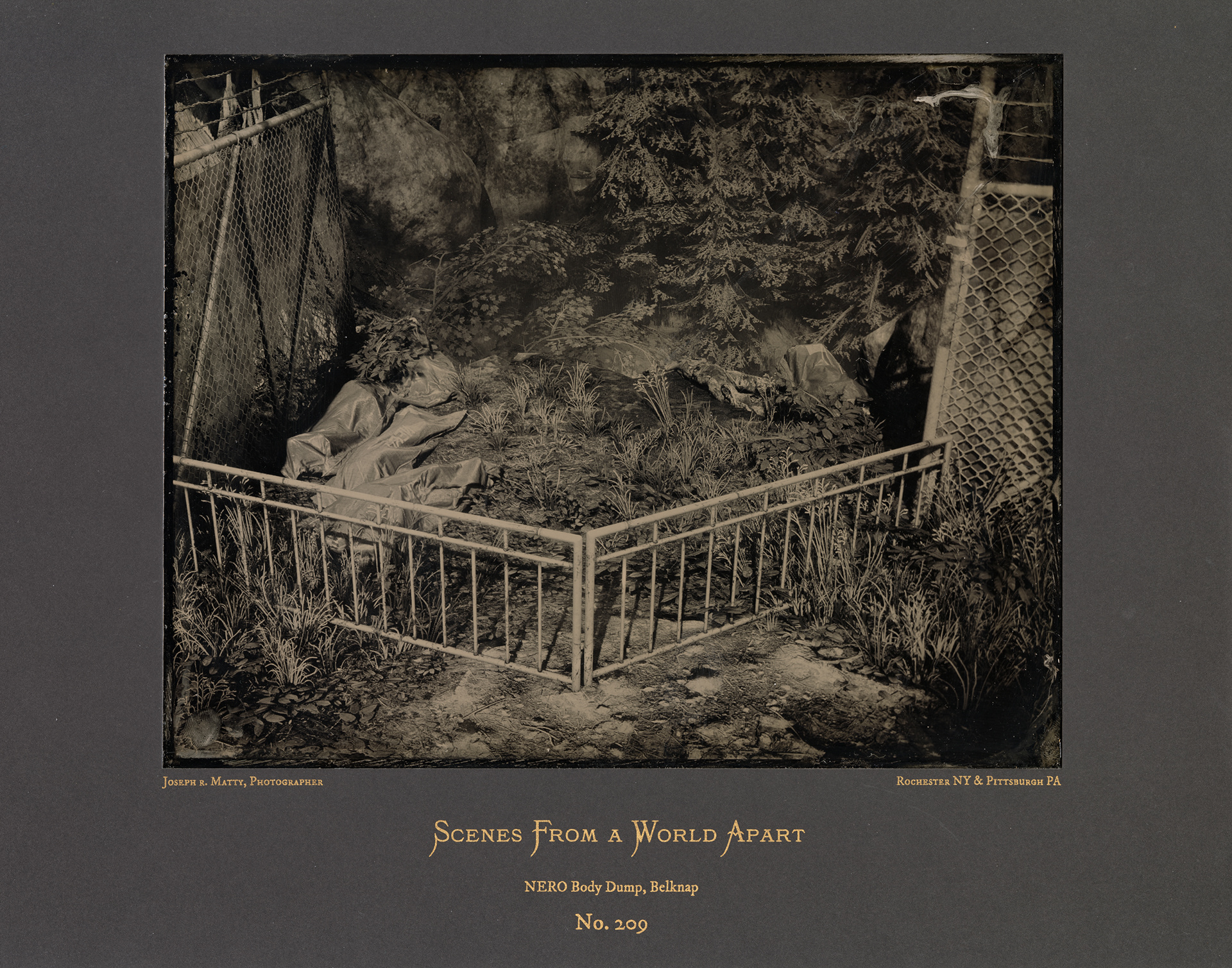
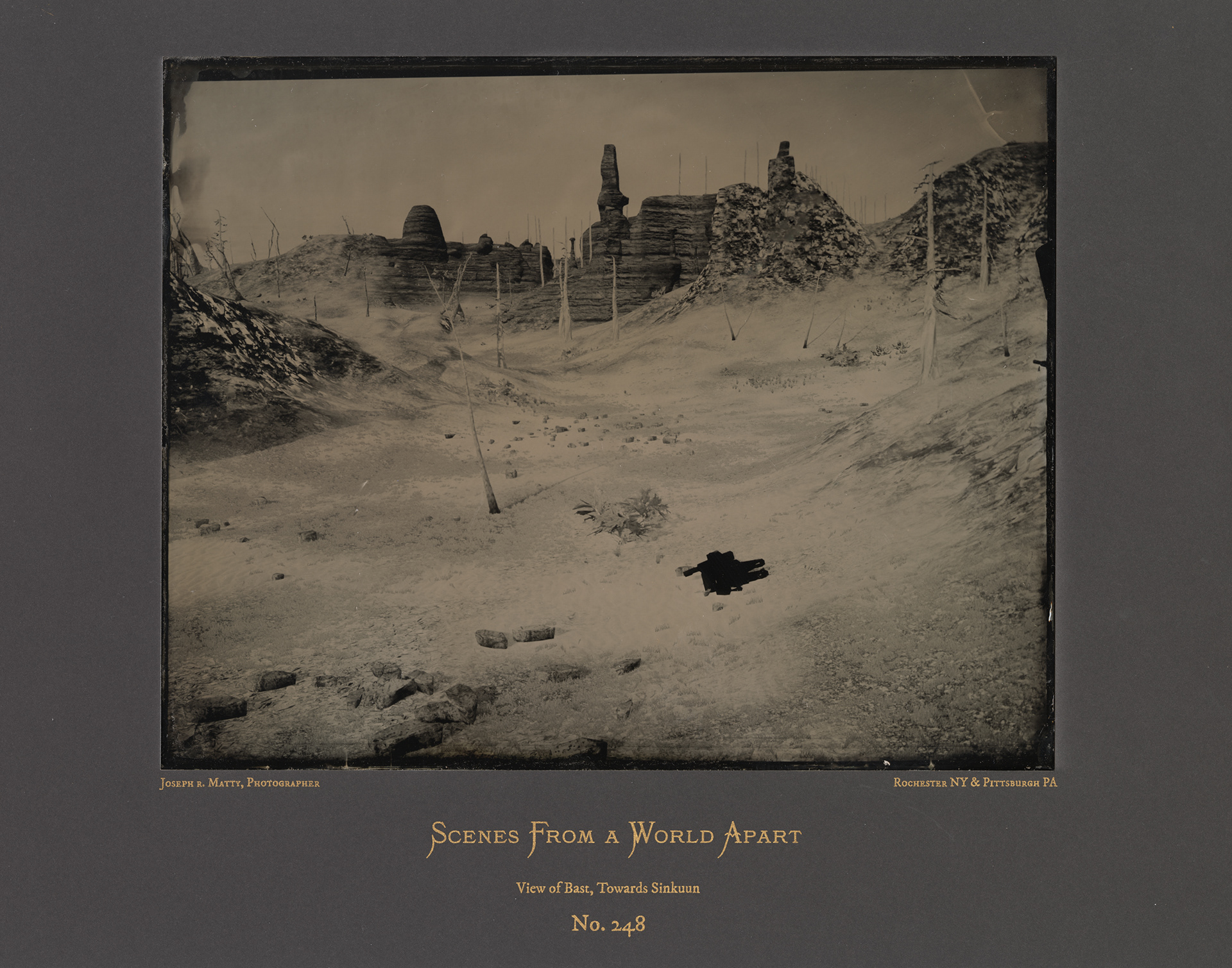
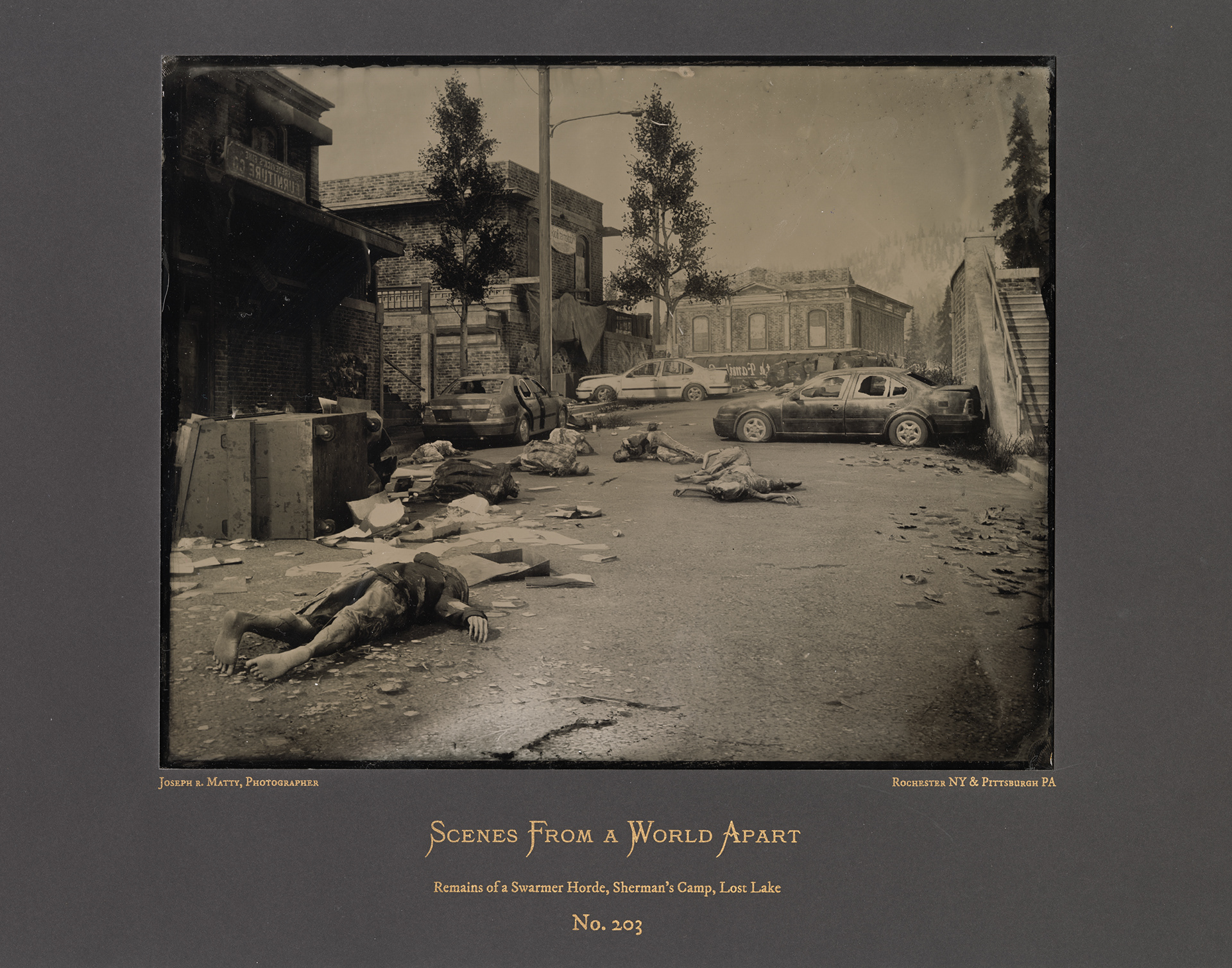
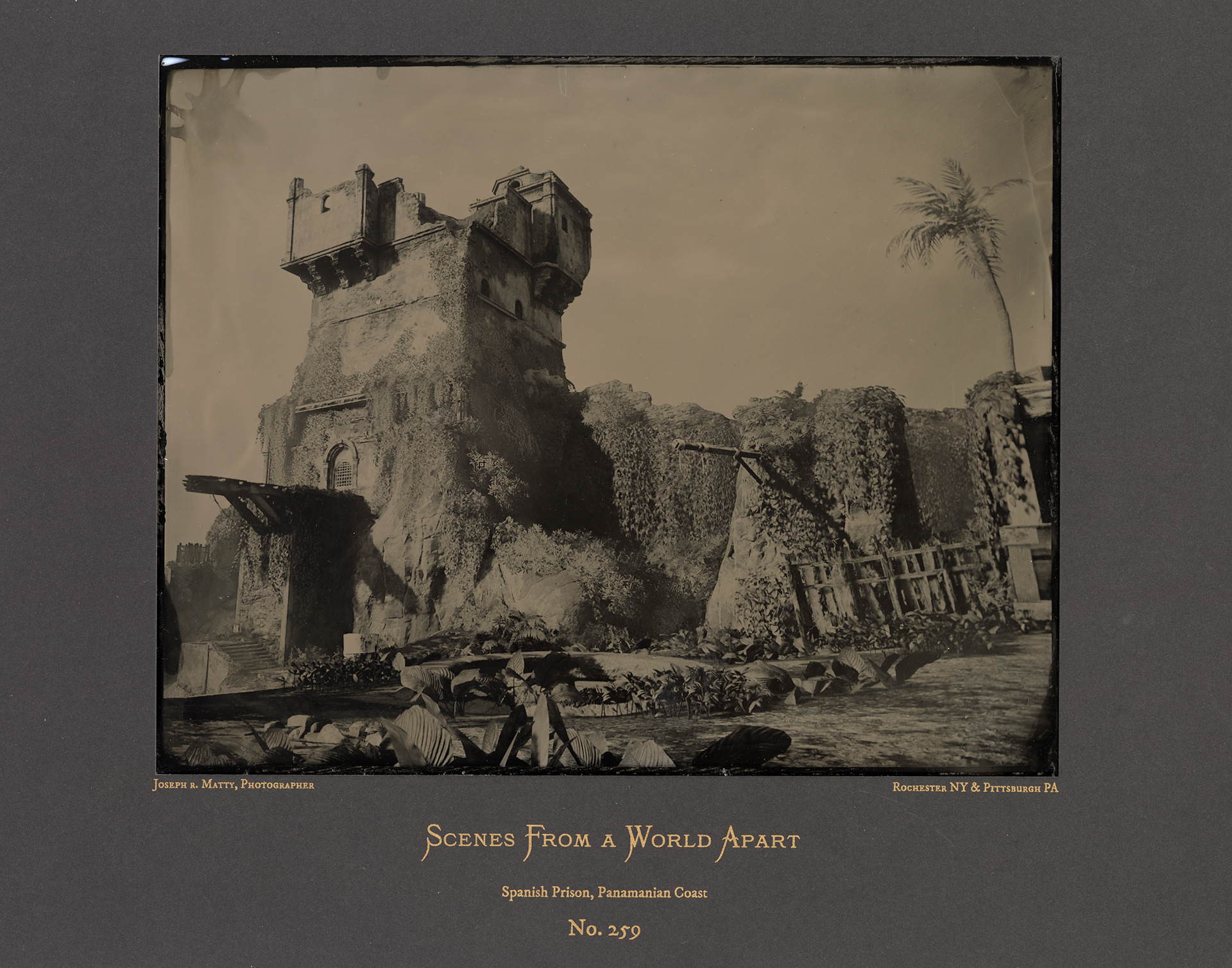

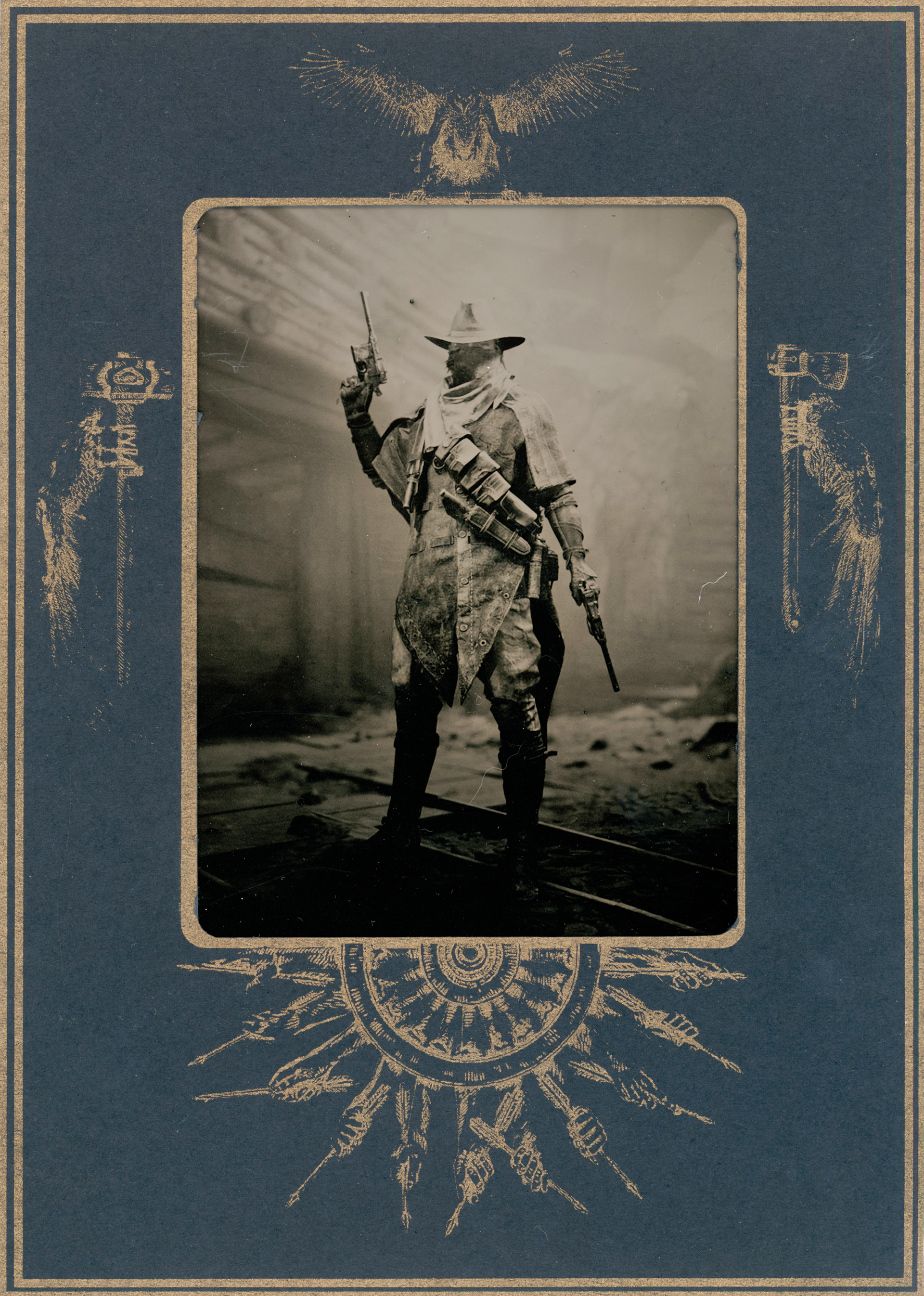
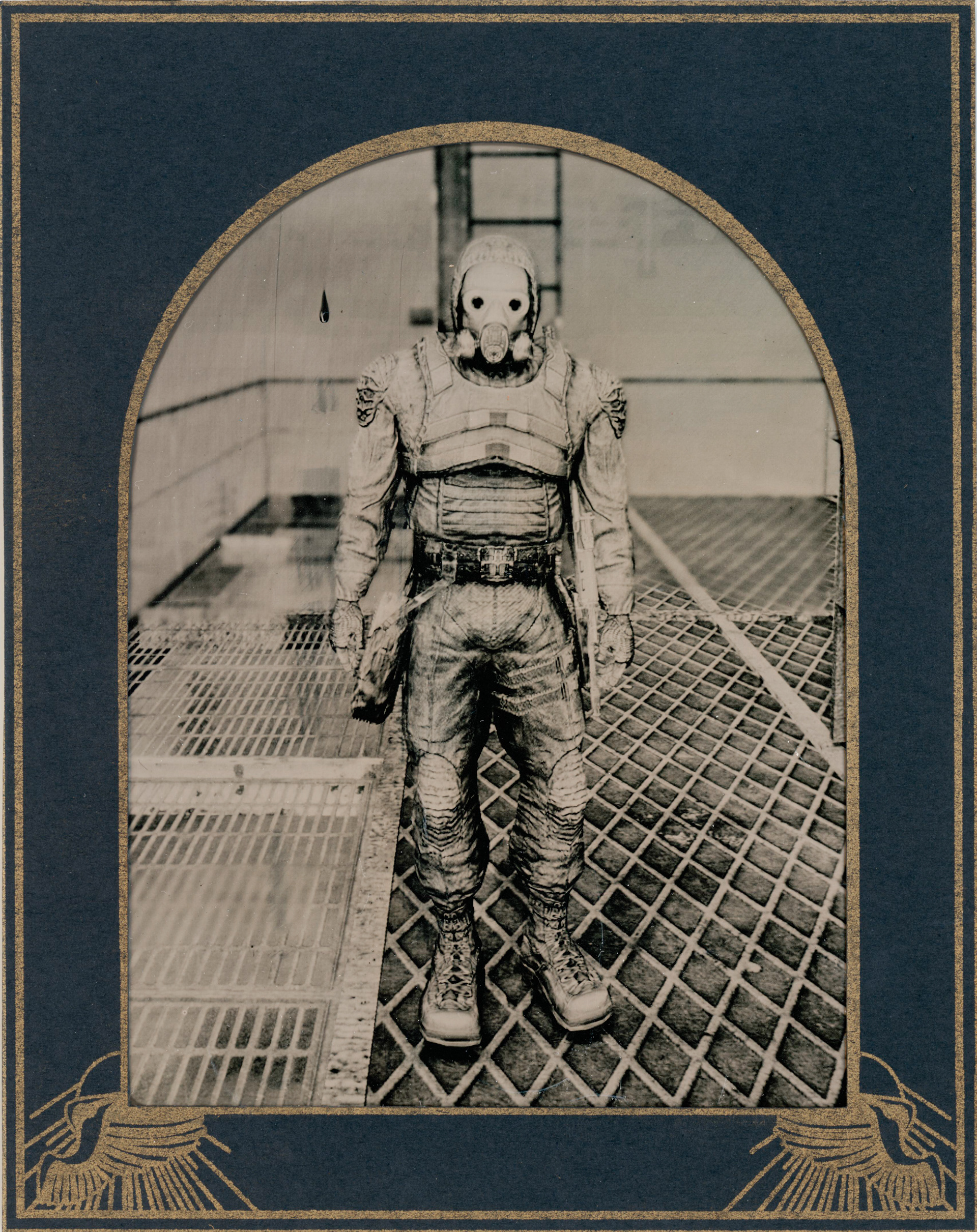


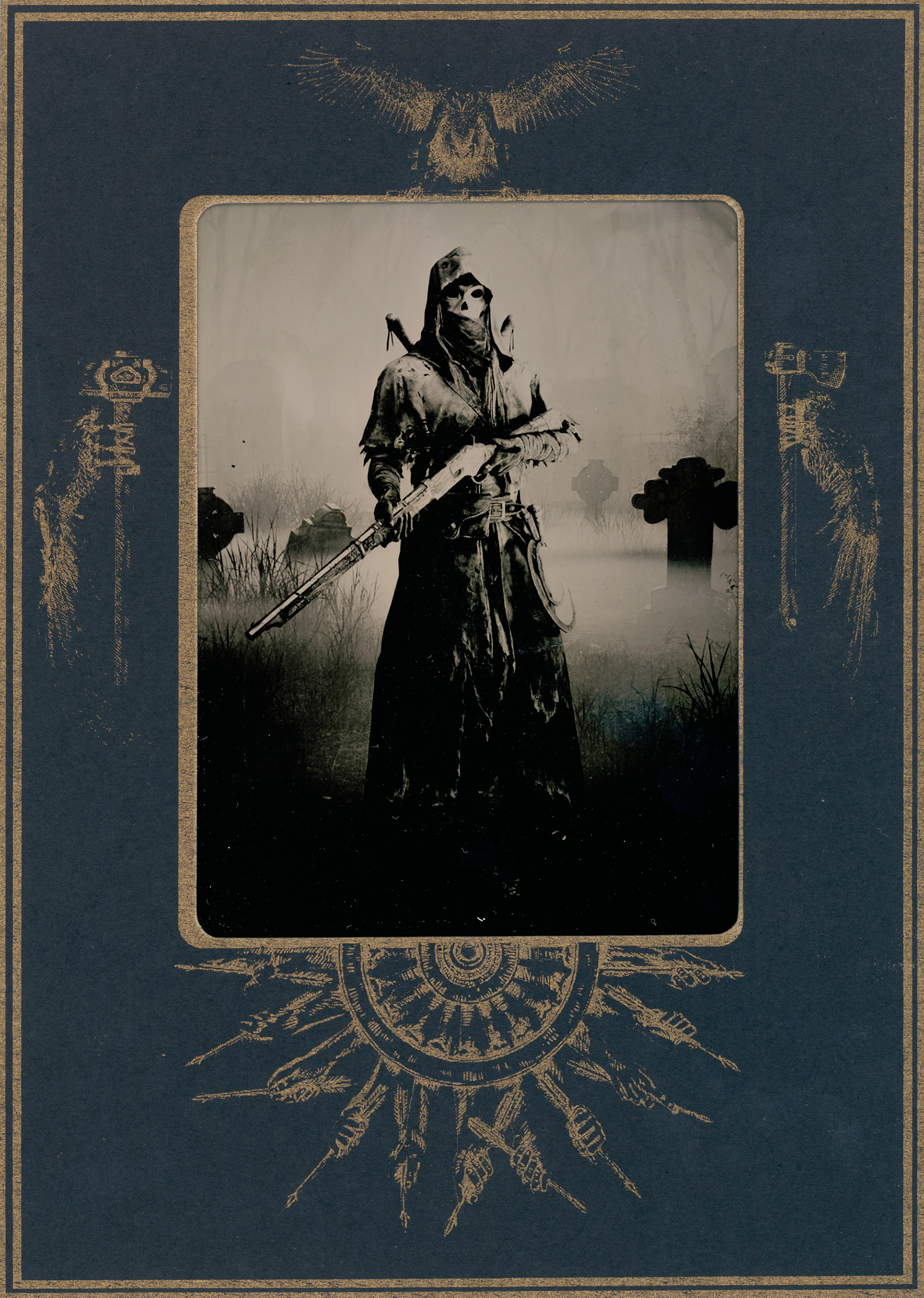
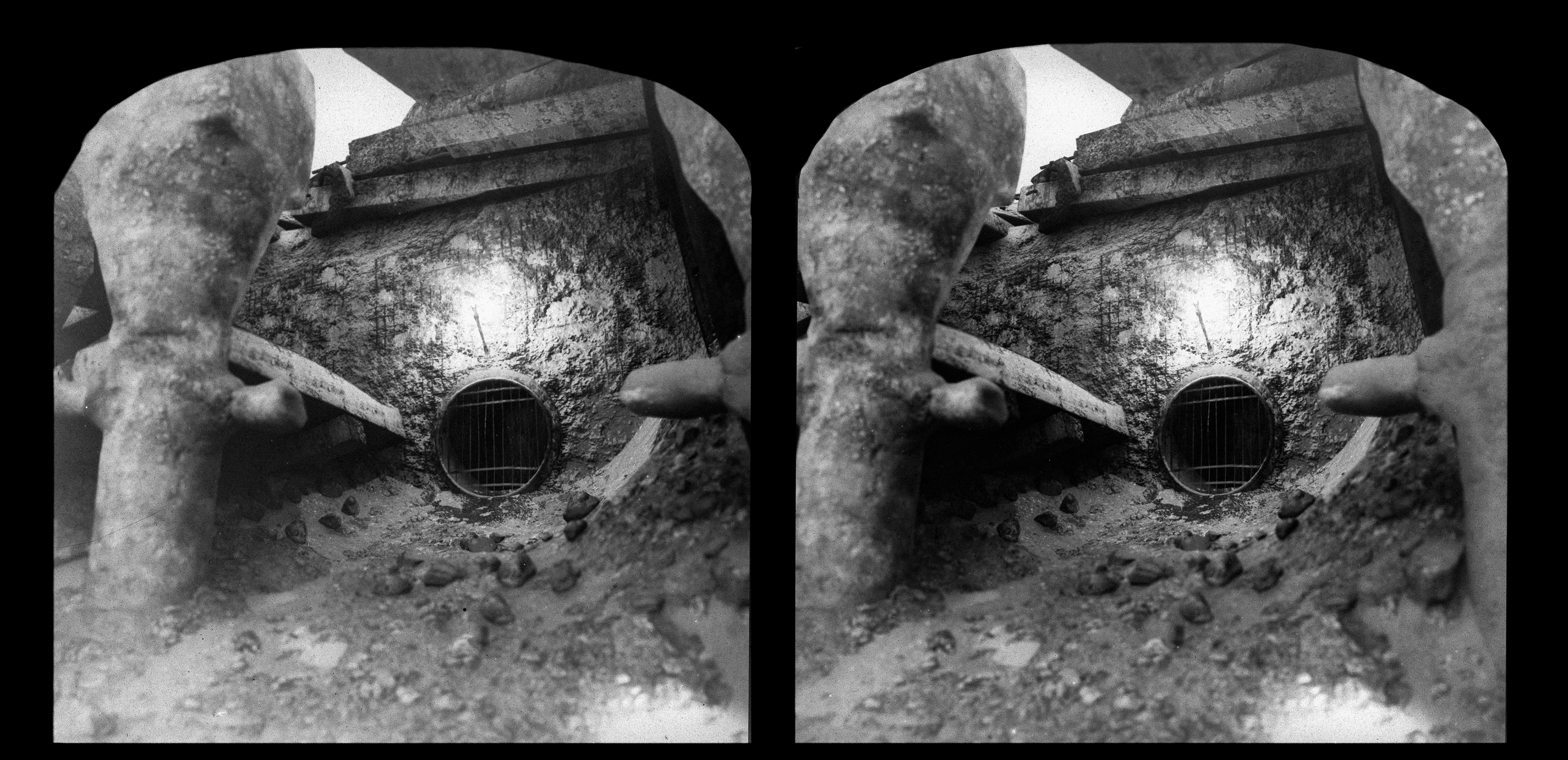
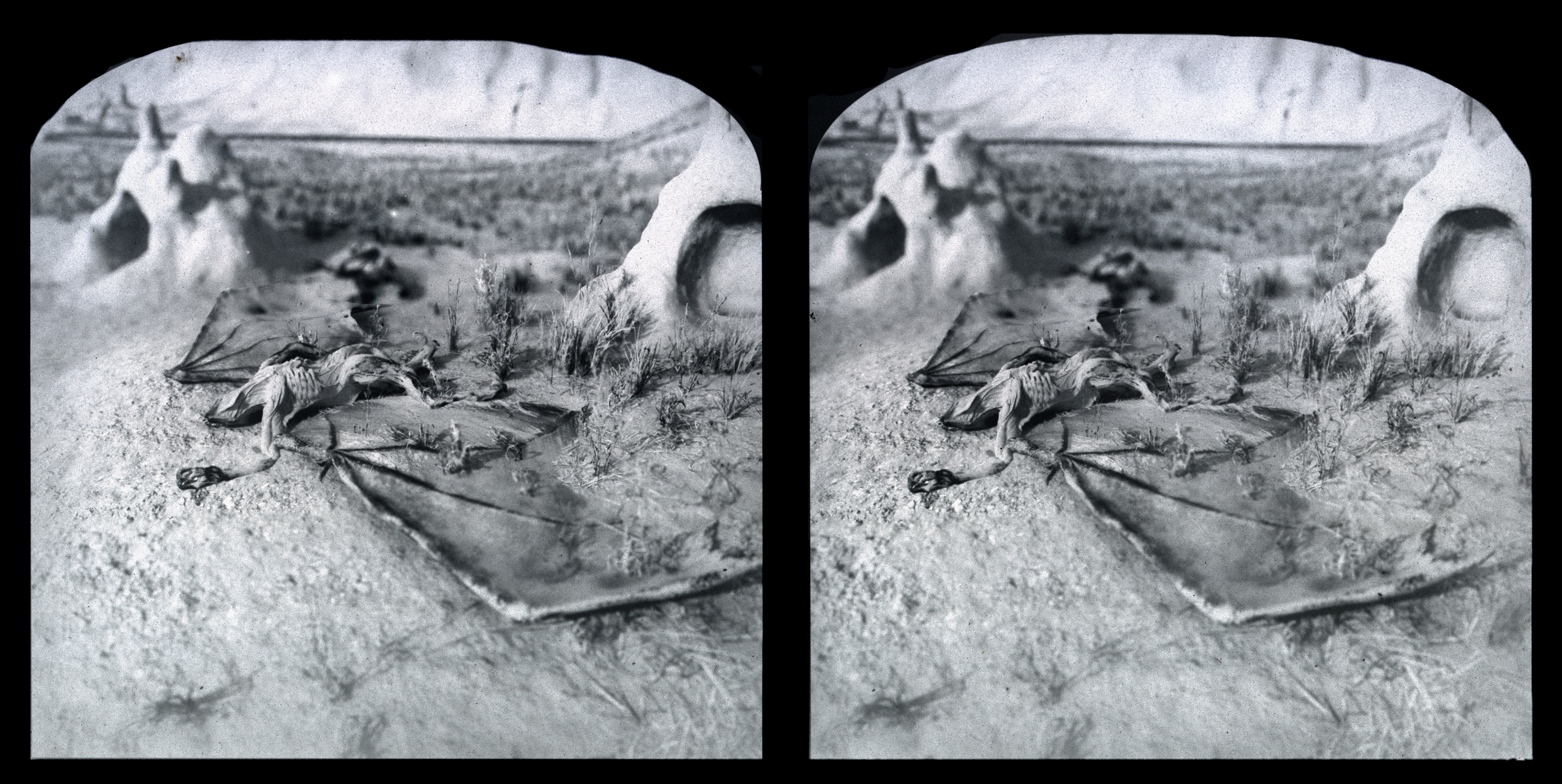
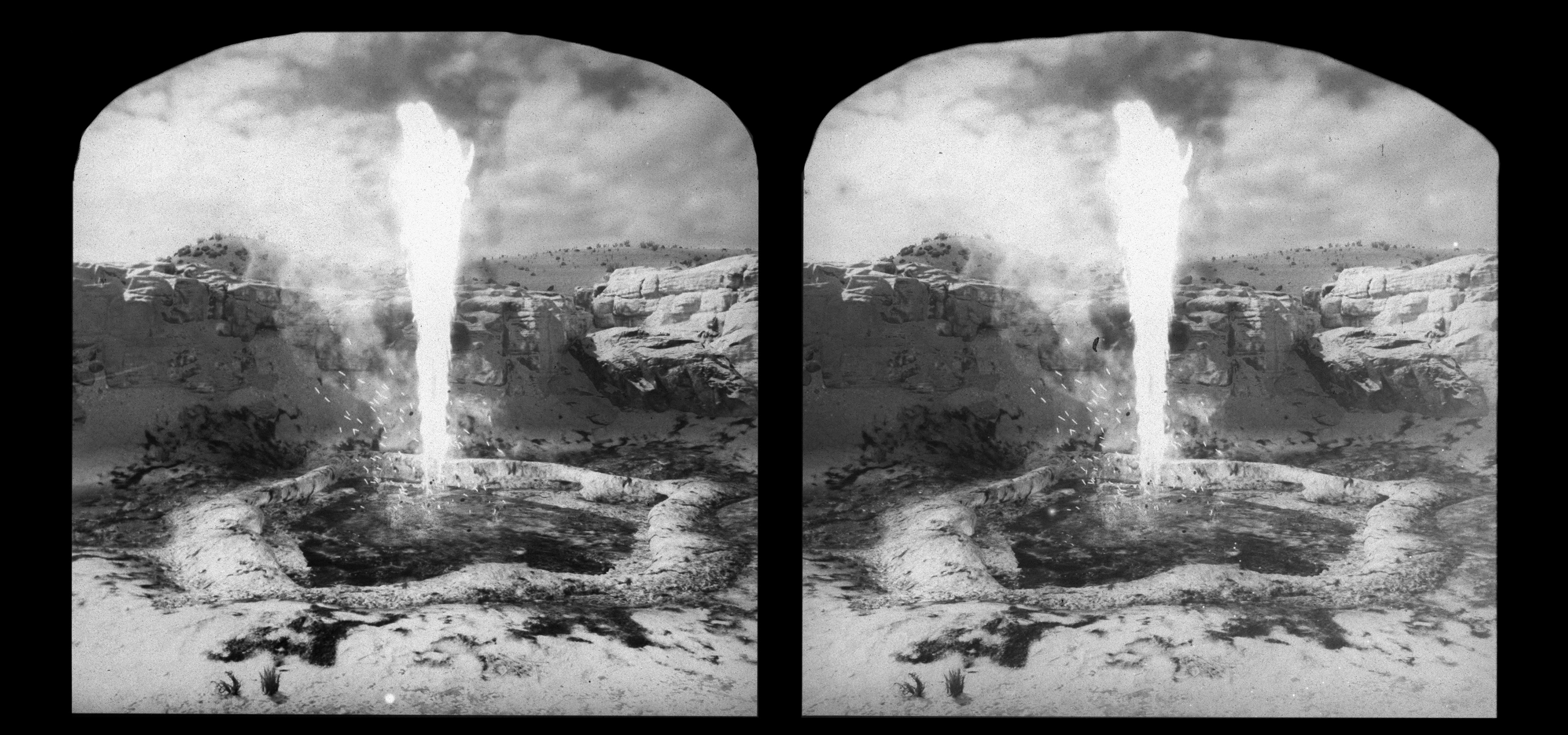
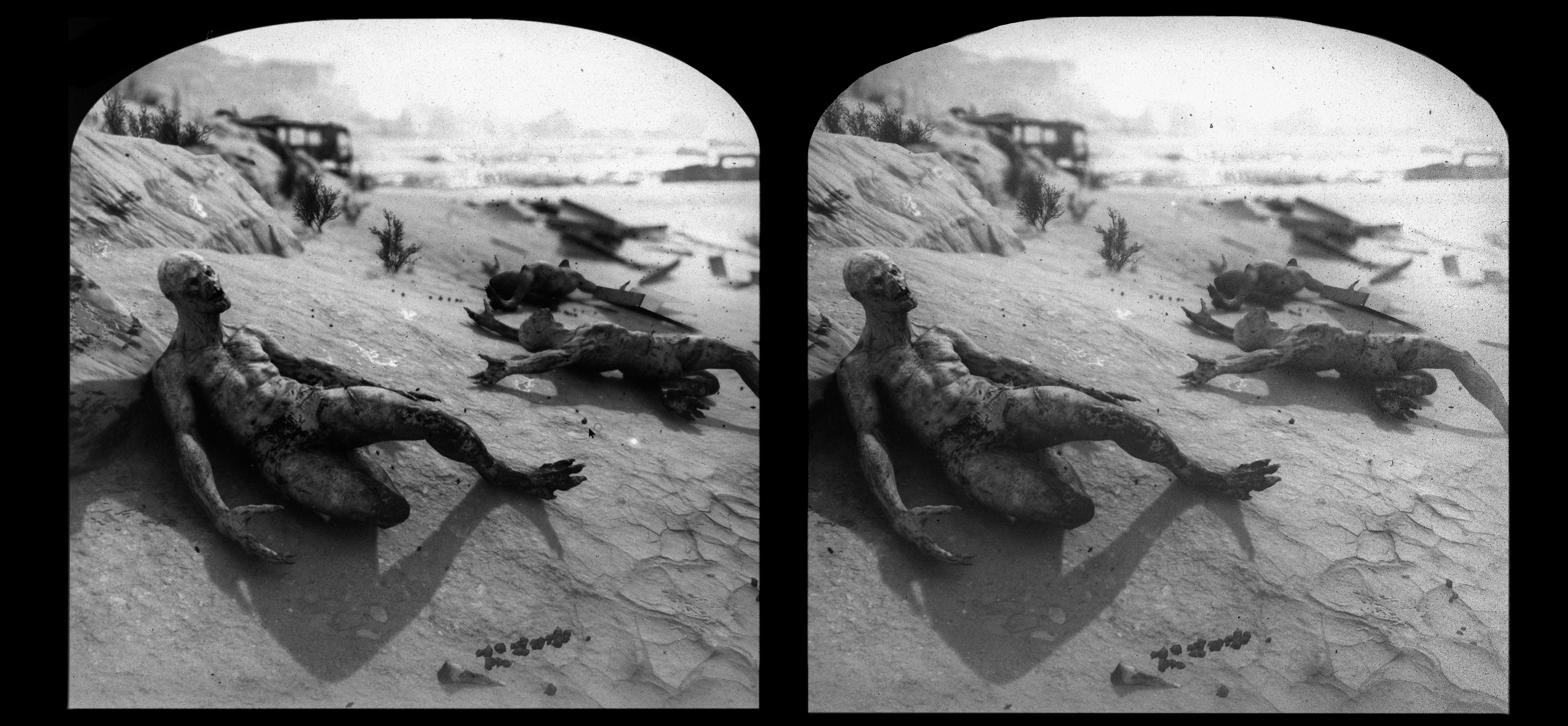
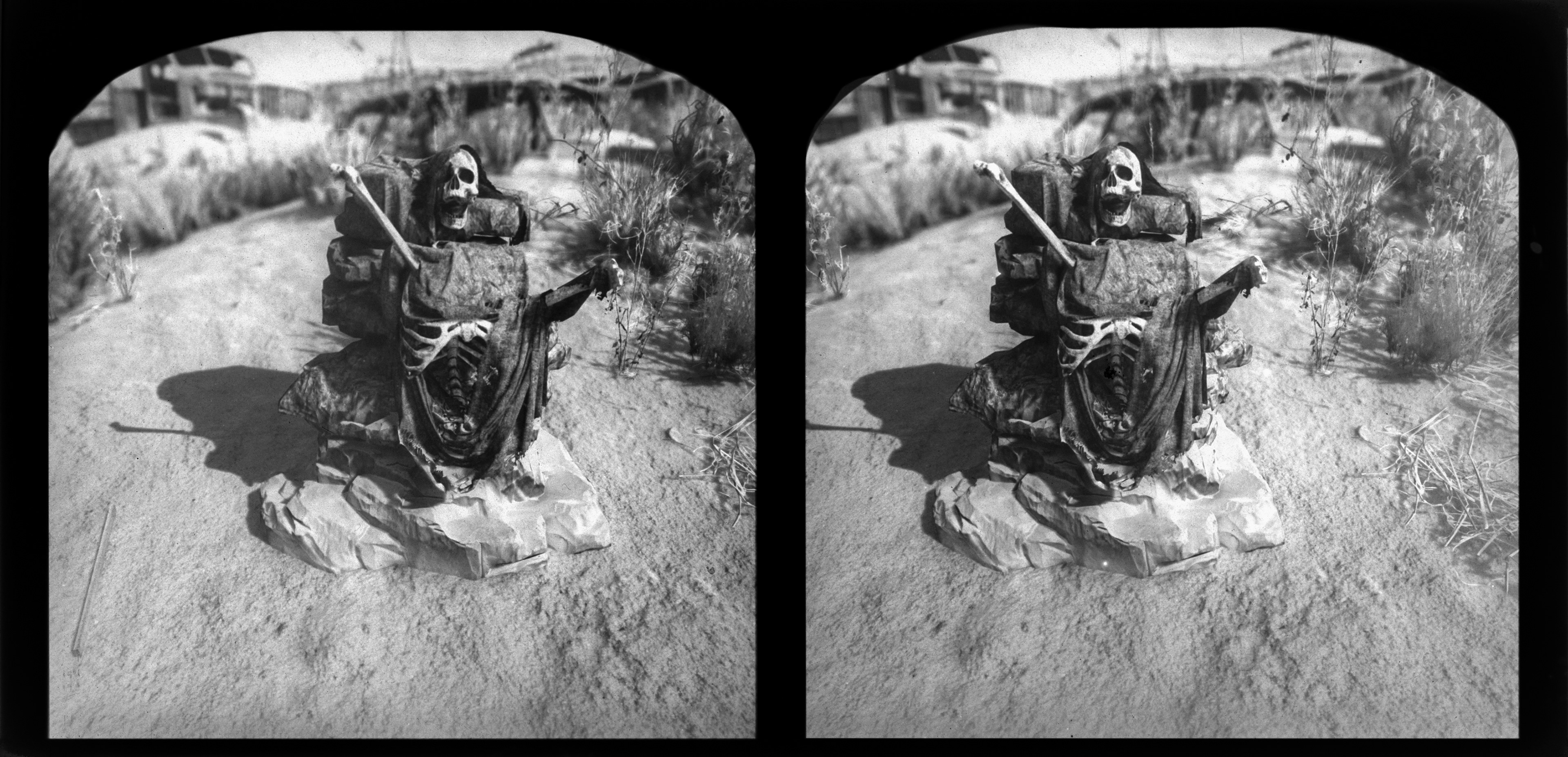
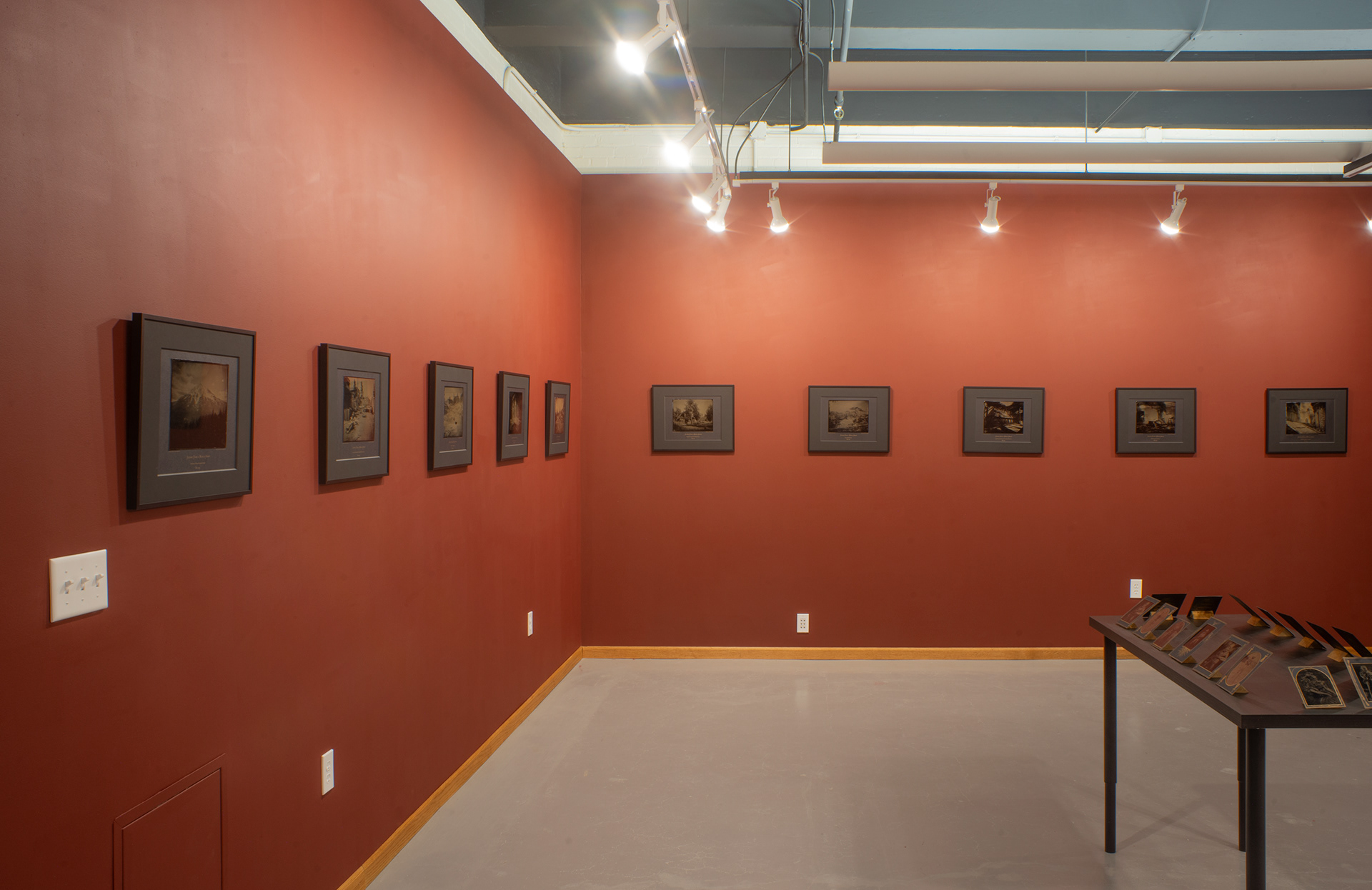
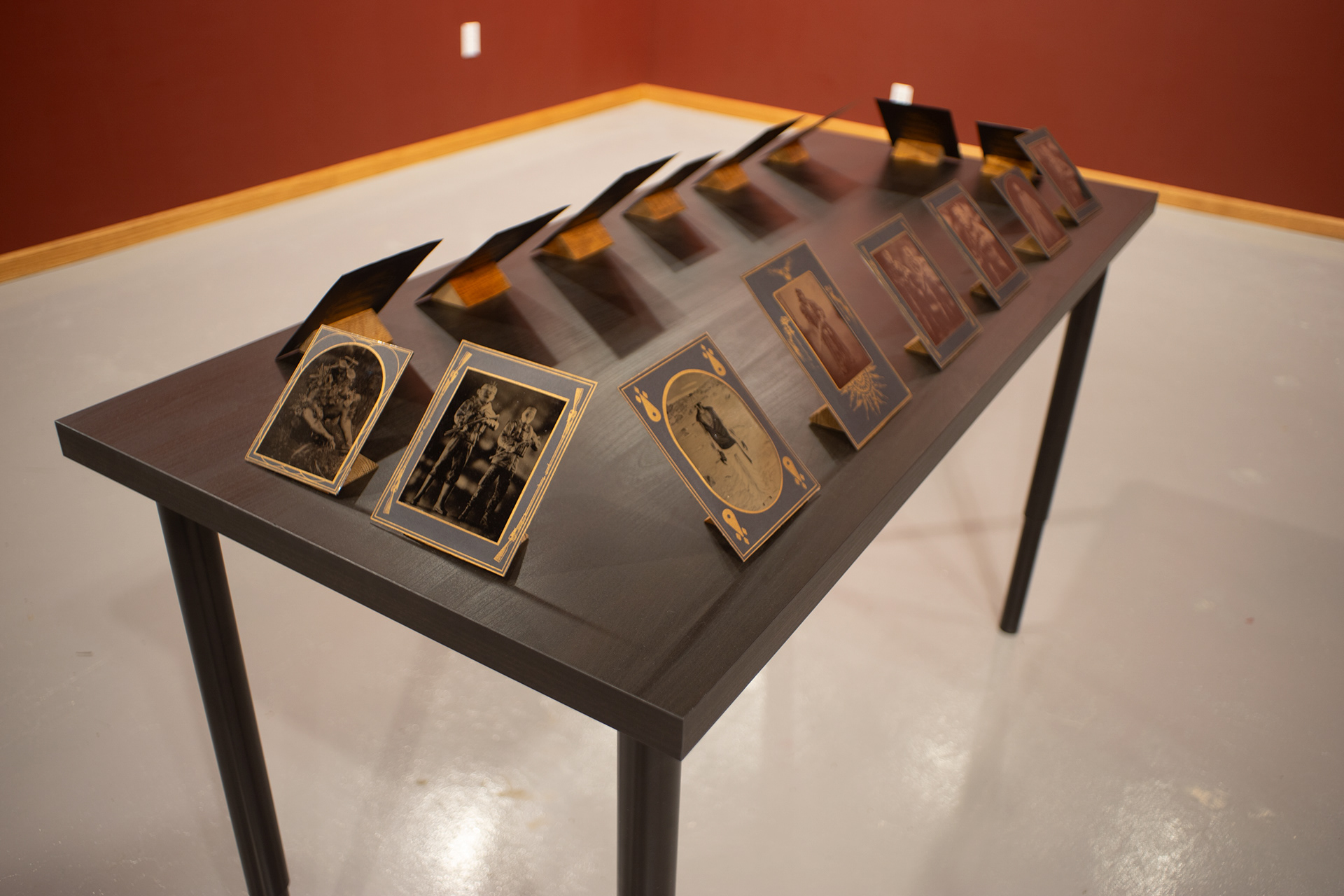
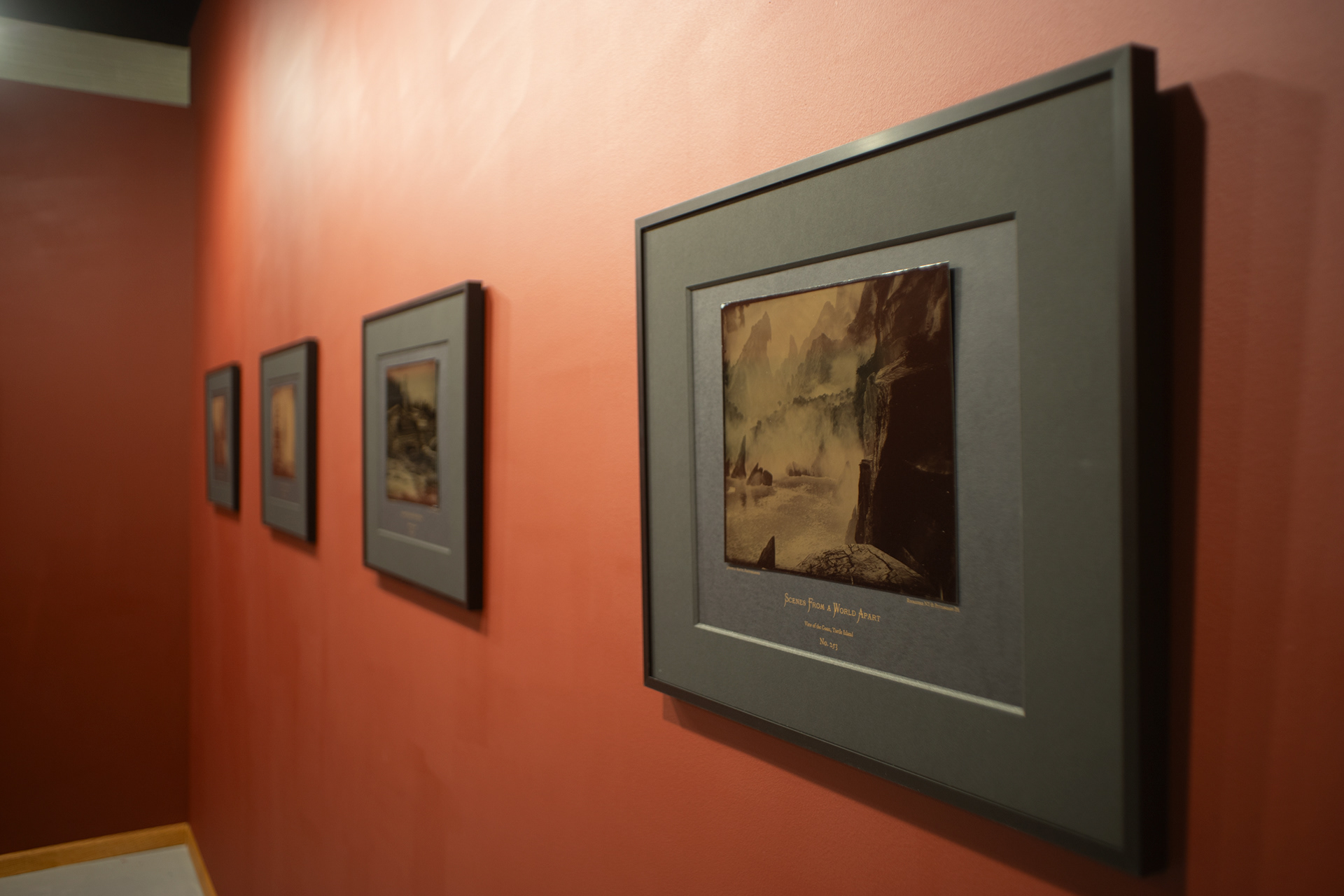
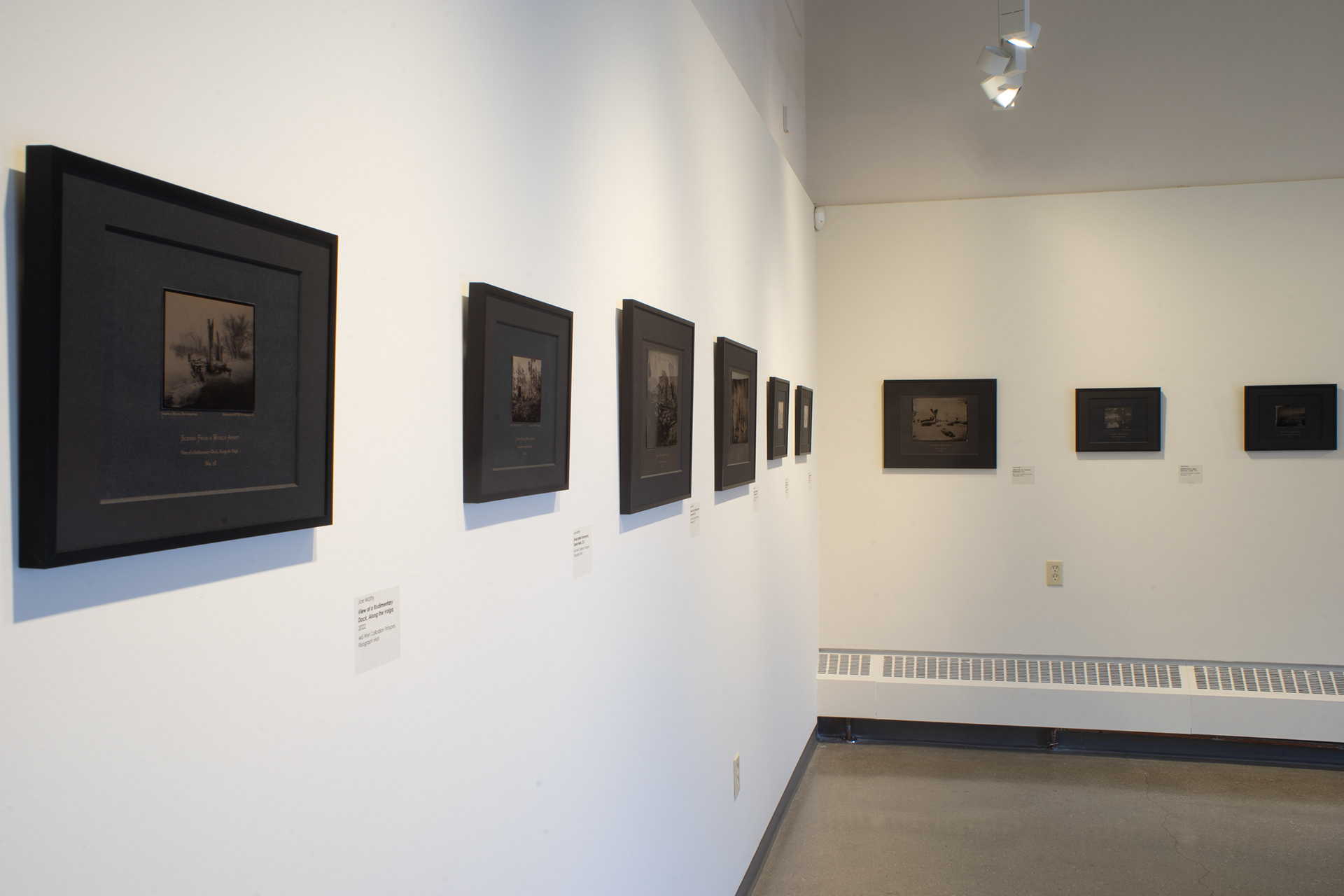
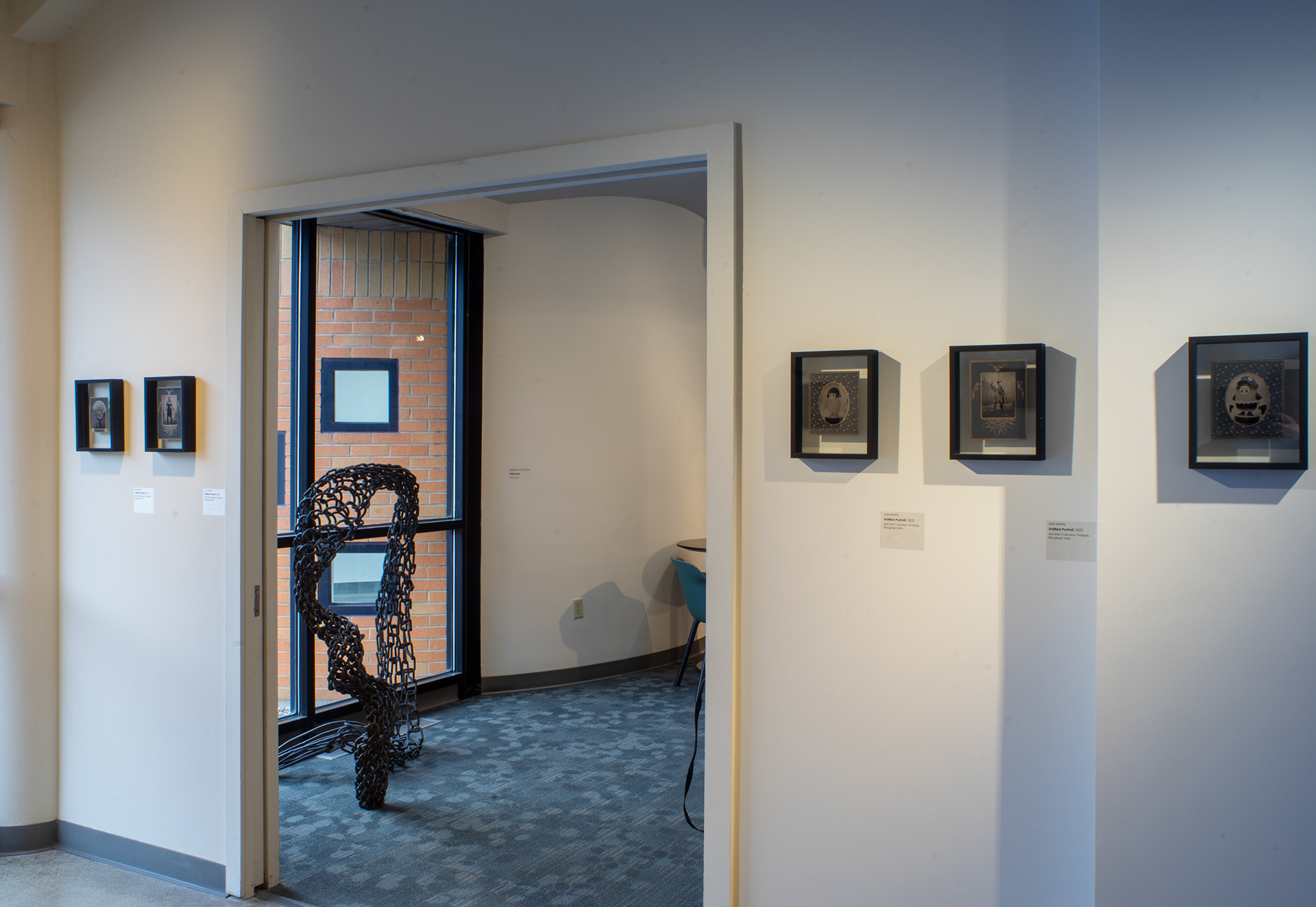
In my practice, I explore the intersection of contemporary and historical media using photography. I focus on ways in which photography has been used as a form of escapism from its inception to the present day, drawing from its continued use to discuss the social implications that it holds today. In my most recent body of work, I explore how the world of video games acts as a method of escape into inhabitable alternate worlds. I photograph scenes from a variety of games using 19th-century processes, such as wet plate collodion, in order to recontextualize these digital, non-physical scenes into a physical image. For many of us, the digital worlds we imaginatively inhabit feel real, however, these photographs function to make those worlds materially tangible, allowing the viewer to feel unencumbered by disbelief.
The photographs are broken into two distinct groupings, Landscapes and Portraits. The landscapes draw influence from 19th-century survey photographs, particularly those shot by Timothy O'Sullivan and William Bell for the Wheeler expedition of the 1870s. I aim to emulate the historical and cultural characteristics of these photographs when creating my own images of scenery and landscapes from video games. Through realistic graphics and attention to detail, these landscapes draw players into virtual, alternate worlds where they can temporarily suspend their sense of reality. The immersive qualities of these games are crucial as they allow players to connect with the game environment on a visceral level, blurring the boundaries between the real and virtual worlds. The way that we have been conditioned to read historical landscape photographs only works to cement this idea through their use as a means of pure documentation and fully truthful images. Game landscapes are carefully crafted to evoke emotions and elicit responses from players. The emotional resonance of a game world can leave a lasting impact on players, just as real-world landscapes do. Many video game landscapes are not only extensions of the real world but also reflections of it. As such, playing within these virtual spaces can provide opportunities to explore and reflect upon real-world concepts and issues from a new perspective.
The portraits are modeled after Carte de Visites, or CDVs. Similarly to the landscapes, it is the historical and cultural recognition and importance of CDVs that I utilize in making the portraits. By adopting the intimate scale, portraiture focus, and attention to detail reminiscent of CD Vs, my photographs capture the essence of these photographic objects (CDVs) while highlighting their contemporary making. These images not only serve as a visual bridge between past and present but also underscore the enduring significance of portraiture in our visual culture. By focusing on the player's characters in these photographs, I highlight the importance of the character choices made. These characters become a canvas upon which players project their identities, allowing them to explore facets of their personalities or fantasies they may not readily express in real life. For example, in role-playing games, players might create characters that mirror their own values, making choices and forging relationships that resonate with their personal beliefs. Alternatively, they might use video games as an opportunity for experimentation, adopting roles and personas that are vastly different from their real selves, thereby gaining insight into alternative perspectives and identities. This freedom to explore different facets of themselves in a safe and consequence-free environment can be deeply liberating and empowering. Players often form strong bonds and communities around these digital personas in multiplayer games, forging friendships and alliances based on shared gaming experiences and the personalities projected through their characters.